Opening hours exhibitions
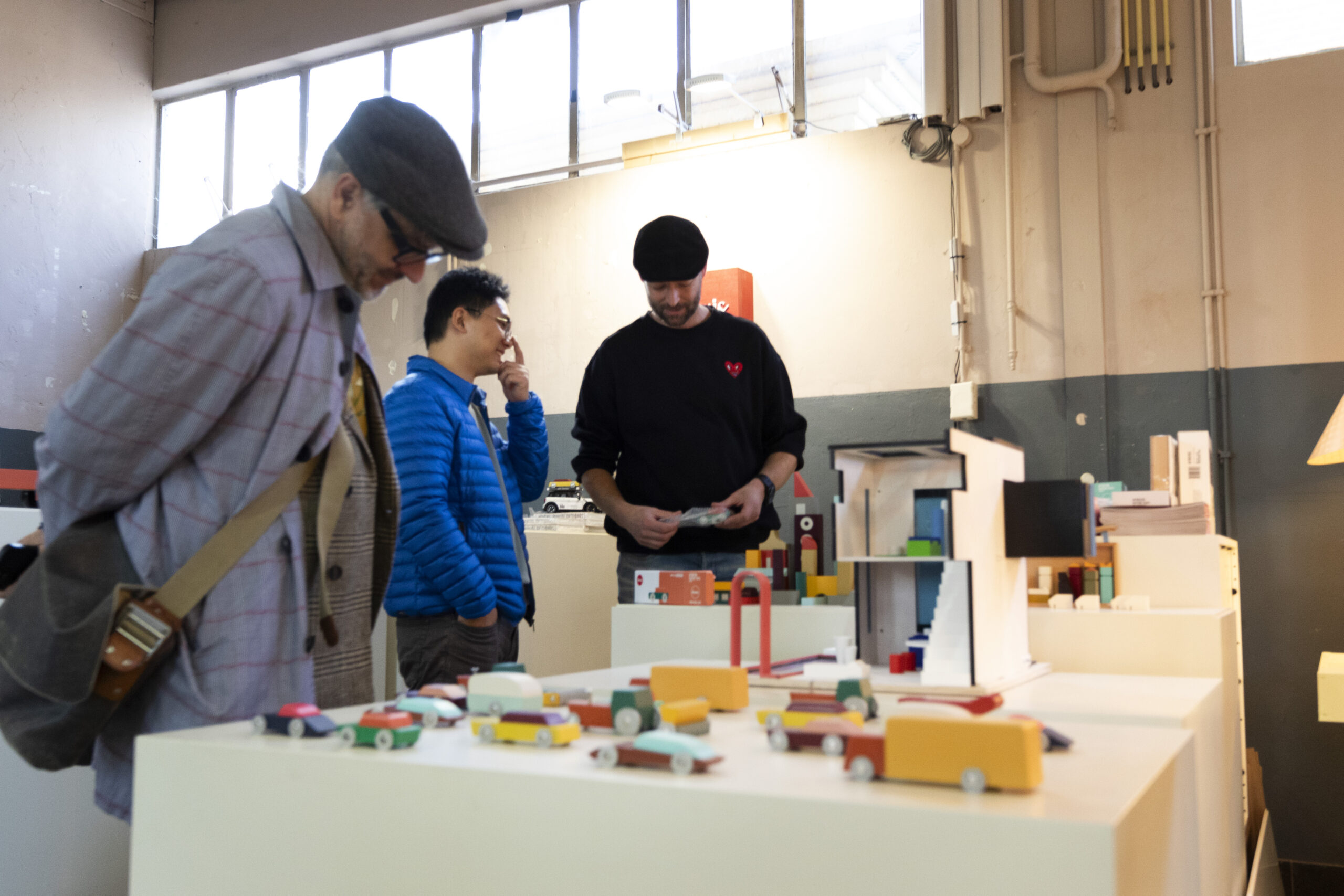
Saturday 19 October: 10.00 – 19.30
Sunday 20 October: 10.00 – 19.30
Monday 21 October: 10.00 – 19.30
Tuesday 22 October: 10.00 – 19.30
Wednesday 23 October: 10.00 – 19.30
Thursday 24 October: 10.00 – 19.30
Friday 25 October: 10.00 – 19.30
Saturday 26 October: 10.00 – 19.30
Sunday 27 October: 10.00 – 18.00
Opening hours shop and showroom
Saturday 19 October: 10.00 – 19.30
Sunday 20 October: 10.00 – 19.30
Monday 21 October: 10.00 – 19.30
Tuesday 22 October: 10.00 – 19.30
Wednesday 23 October: 10.00 – 19.30
Thursday 24 October: 10.00 – 19.30
Friday 25 October: 10.00 – 19.30
Saturday 26 October: 10.00 – 19.30
Sunday 27 October: 10.00 – 18.00
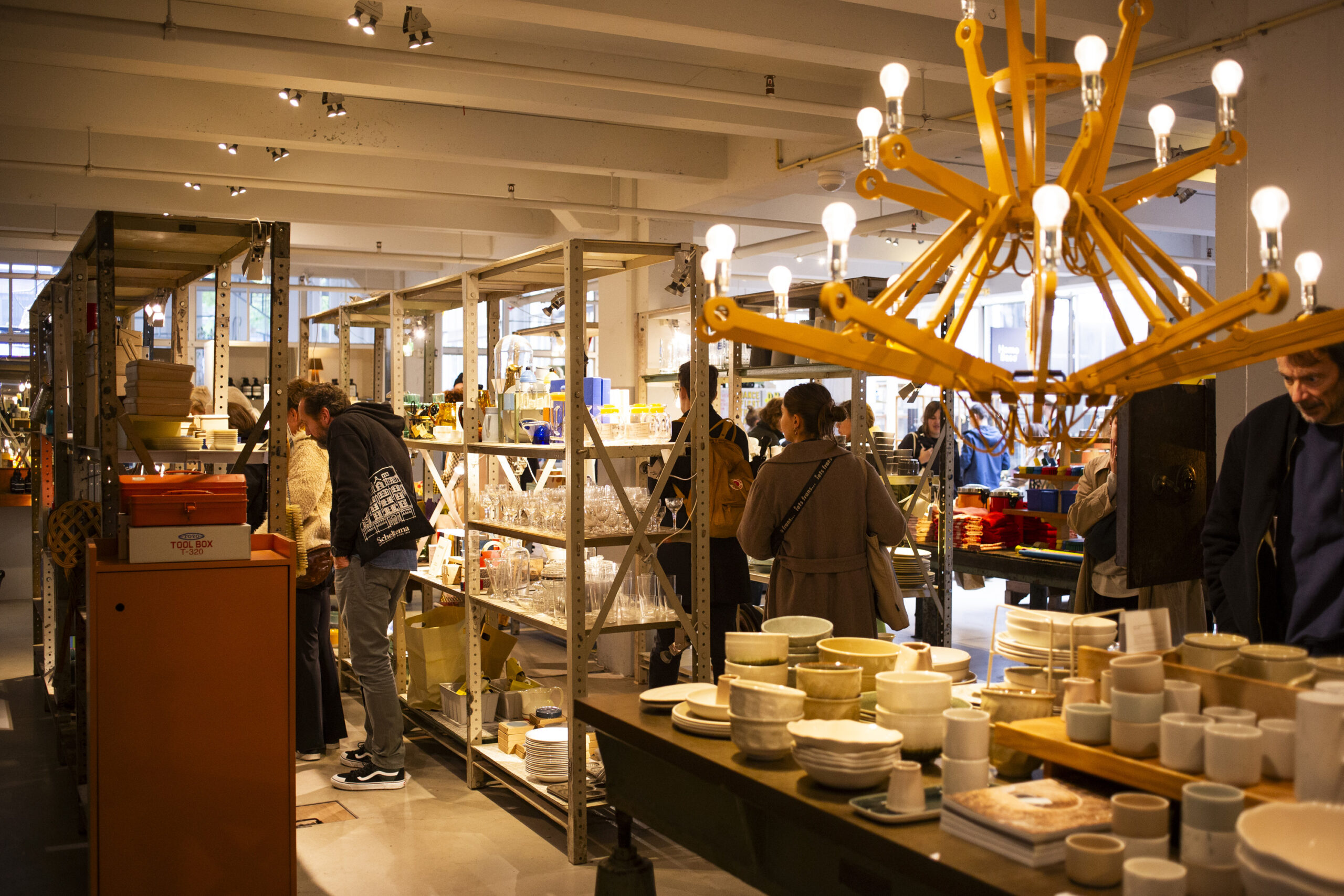
Opening hours restaurants
Grand Café

Saturday 19 October: 12.00 – 23.00
Sunday 20 October: 12.00 – 23.00
Monday 21 October: 12.00 – 23.00
Tuesday 22 October: 12.00 – 23.00
Wednesday 23 October: 12.00 – 23.00
Thursday 24 October: 12.00 – 23.00
Friday 25 October: 12.00 – 23.00
Saturday 26 October: 12.00 – 23.00
Sunday 27 October: 12.00 – 23.00
Green Restaurant
Saturday 19 October: 8.00 – 23.00
Sunday 20 October: 8.00 – 23.00
Monday 21 October: 8.00 – 23.00
Tuesday 22 October: 8.00 – 23.00
Wednesday 23 October: 8.00 – 23.00
Thursday 24 October: 8.00 – 23.00
Friday 25 October: 8.00 – 23.00
Saturday 26 October: 8.00 – 23.00
Sunday 27 October: 8.00 – 23.00
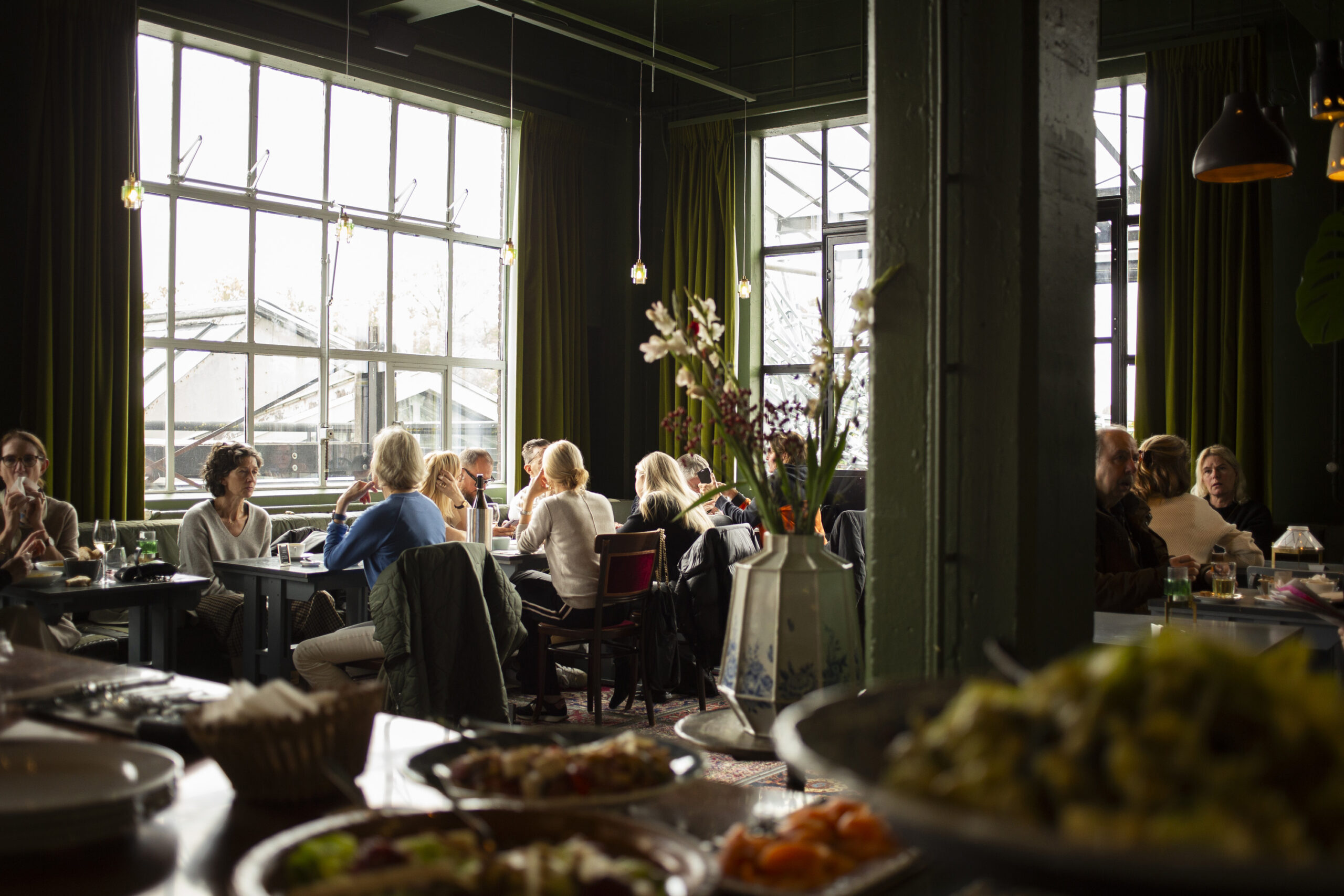
FRIET
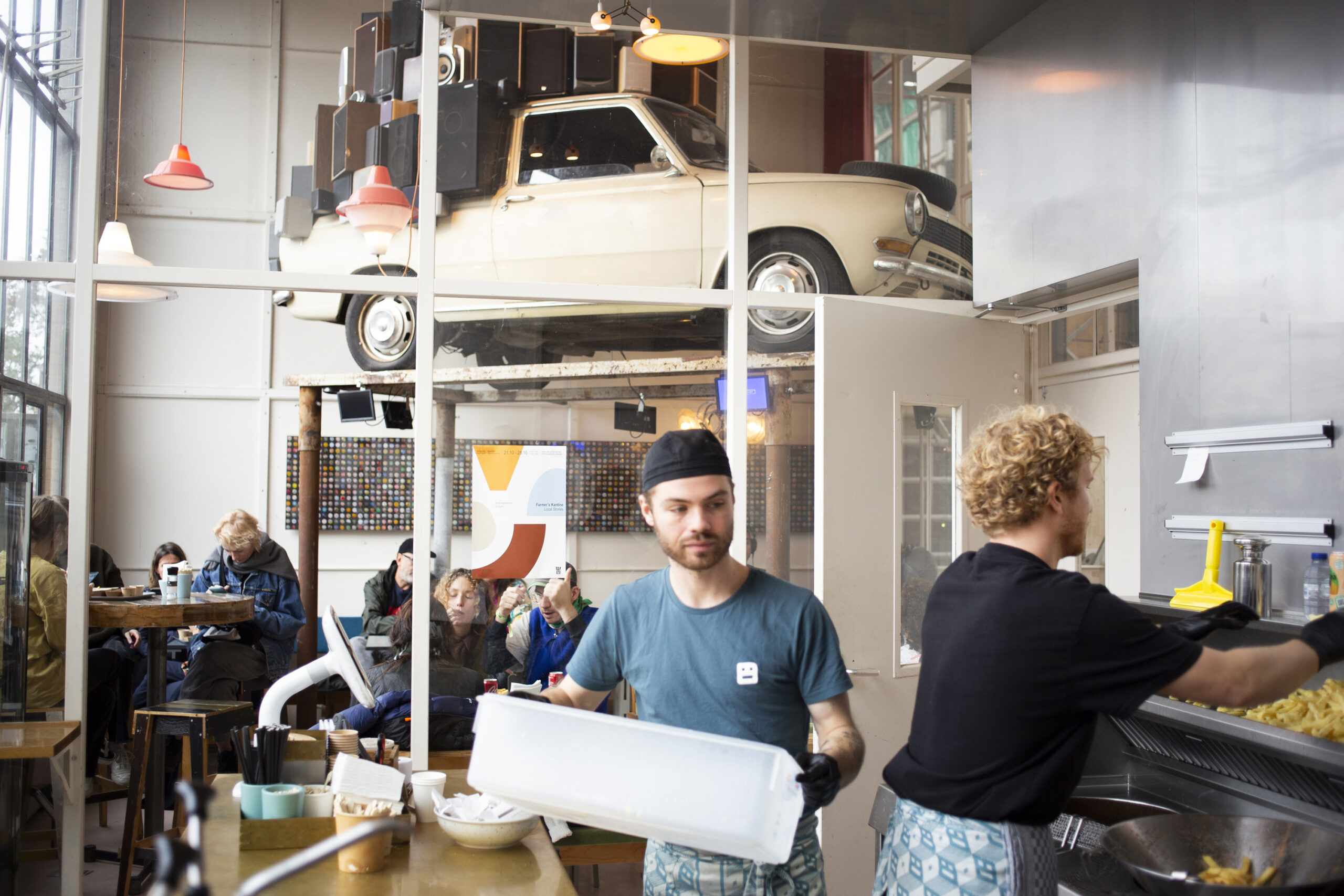
Saturday 19 October: 12.00 – 20.00
Sunday 20 October: 12.00 – 20.00
Monday 21 October: 12.00 – 20.00
Tuesday 22 October: 12.00 – 20.00
Wednesday 23 October: 12.00 – 20.00
Thursday 24 October: 12.00 – 20.00
Friday 25 October: 12.00 – 20.00
Saturday 26 October: 12.00 – 20.00
Sunday 27 October: 12.00 – 20.00
DAKBAR
Saturday 19 October: 17.00 – 23.00
Sunday 20 October: 17.00 – 23.00
Monday 21 October: Closed
Tuesday 22 October: 17.00 – 23.00
Wednesday 23 October: 17.00 – 23.00
Thursday 24 October: 17.00 – 23.00
Friday 25 October: 17.00 – 23.00
Saturday 26 October: 17.00 – 23.00
Sunday 27 October: Closed
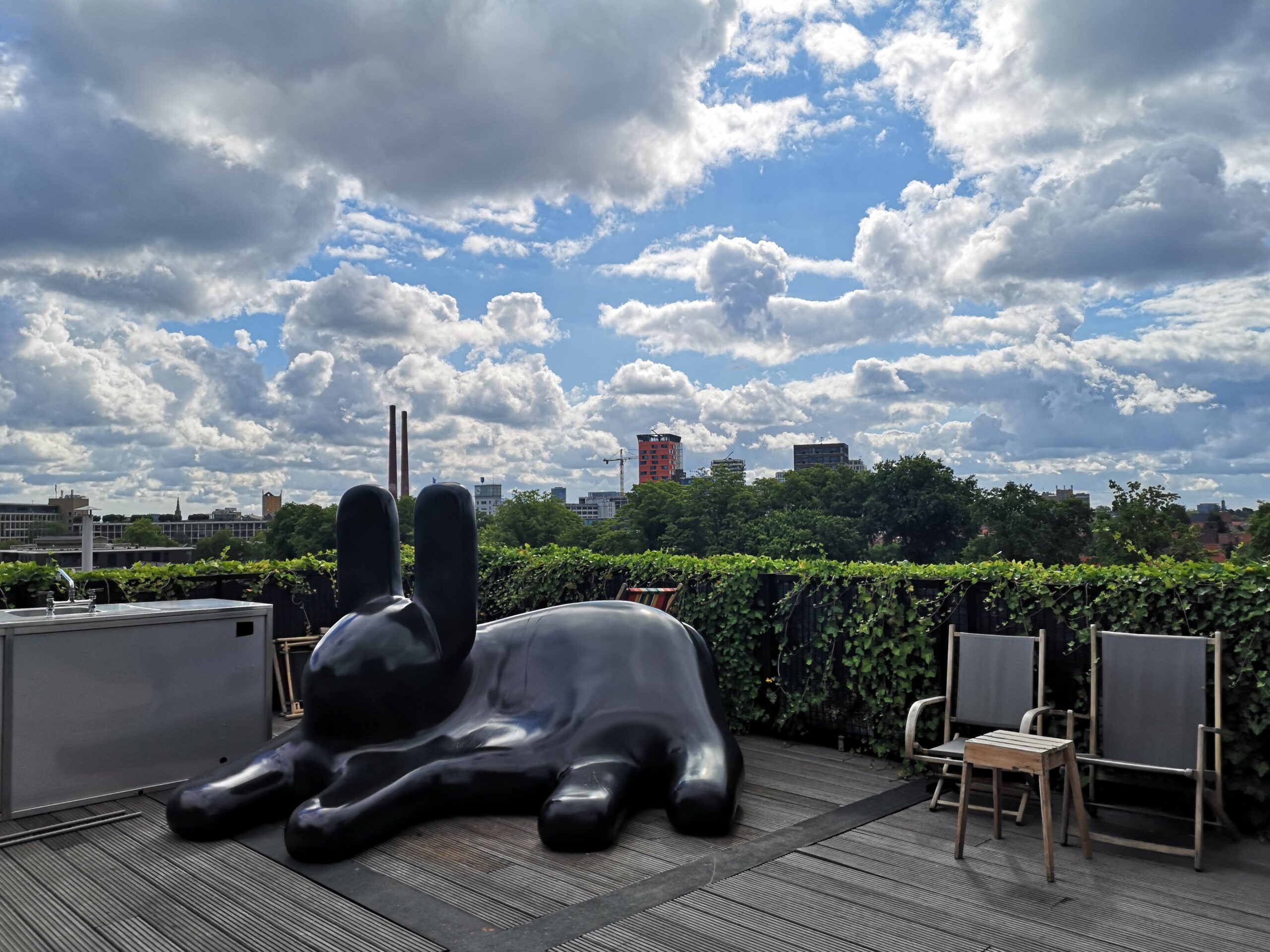
Office
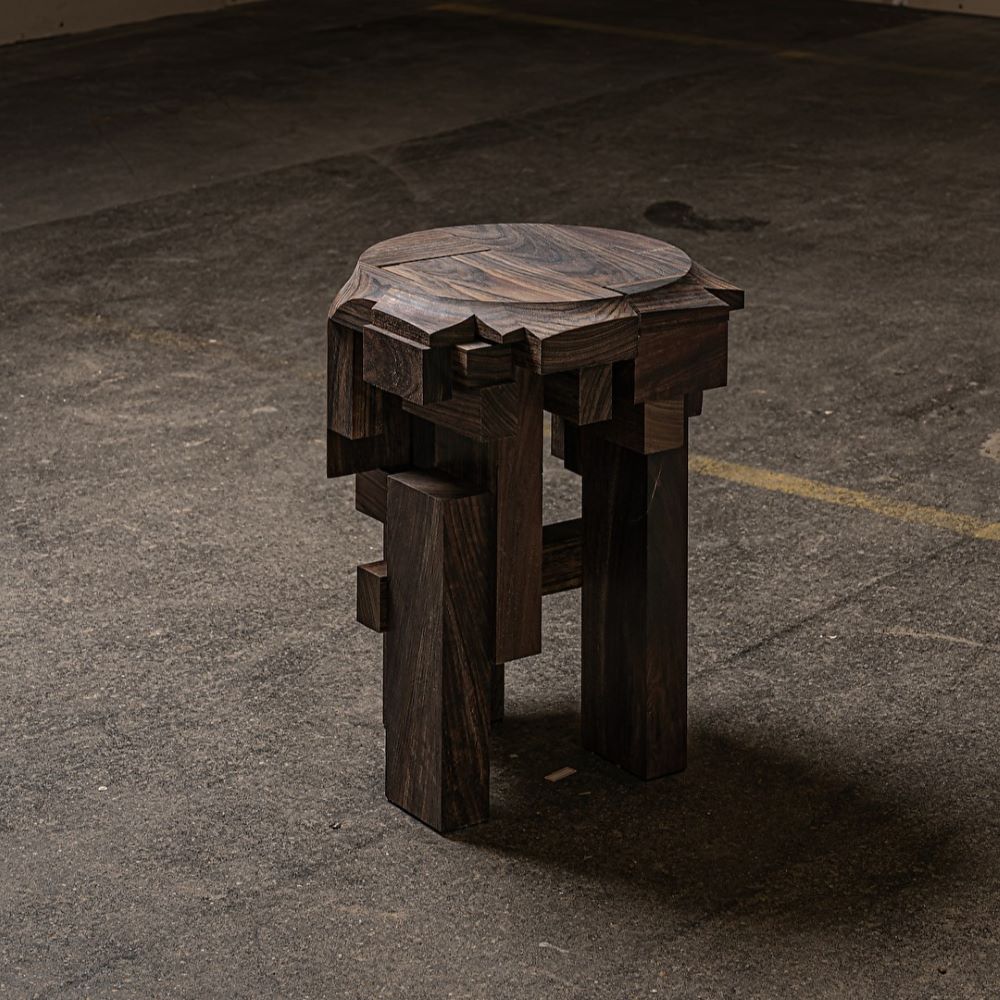

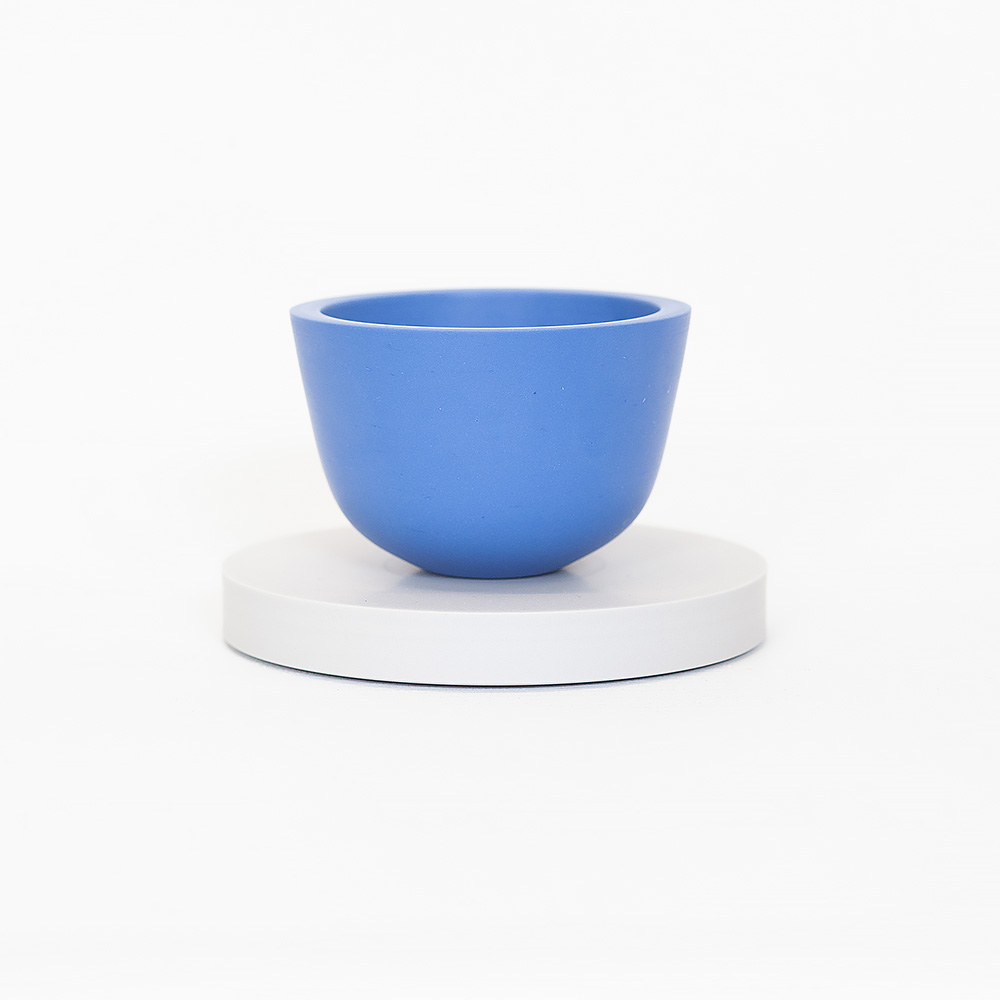
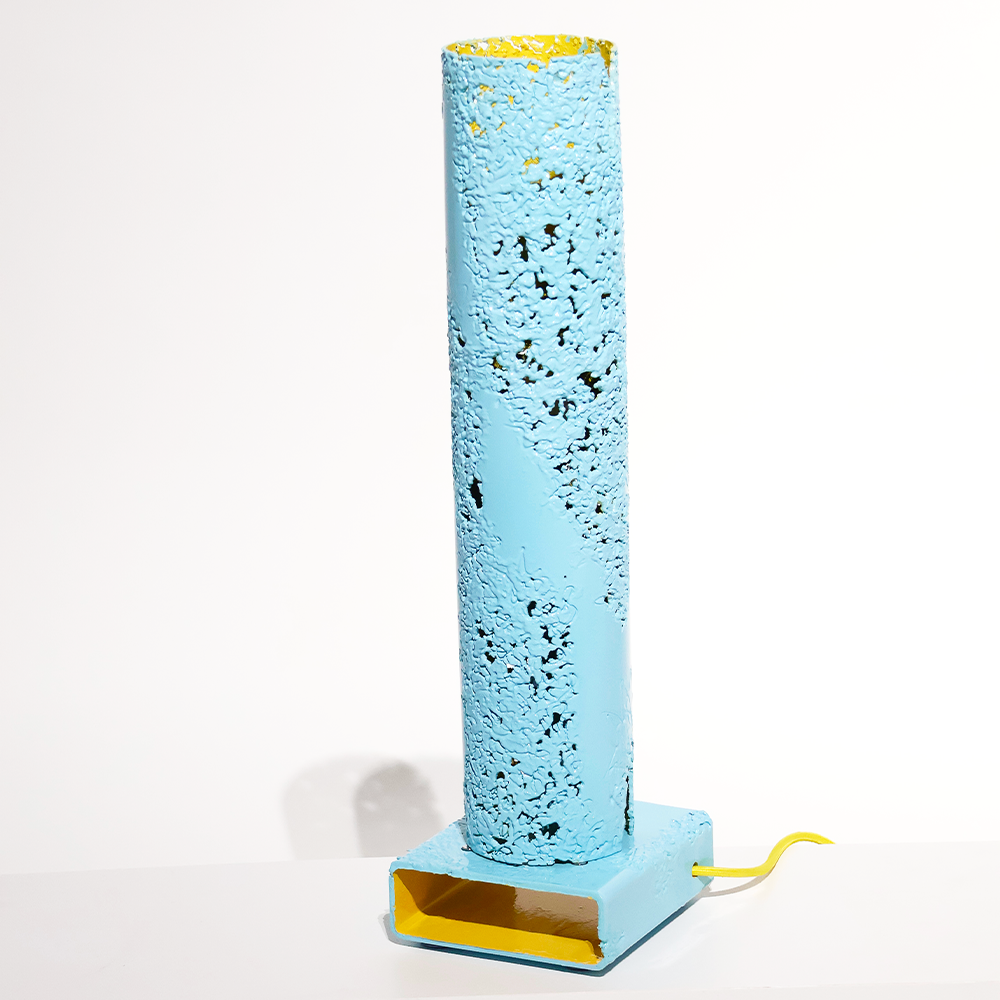
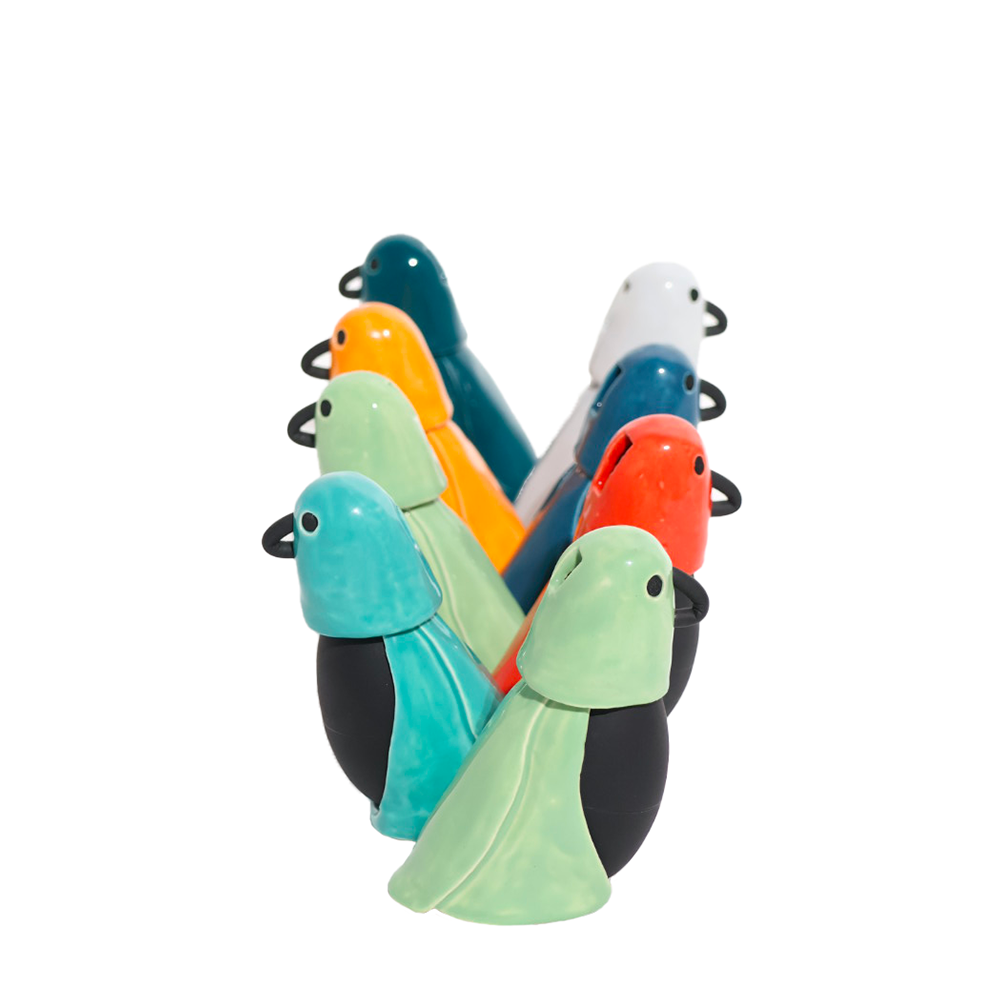

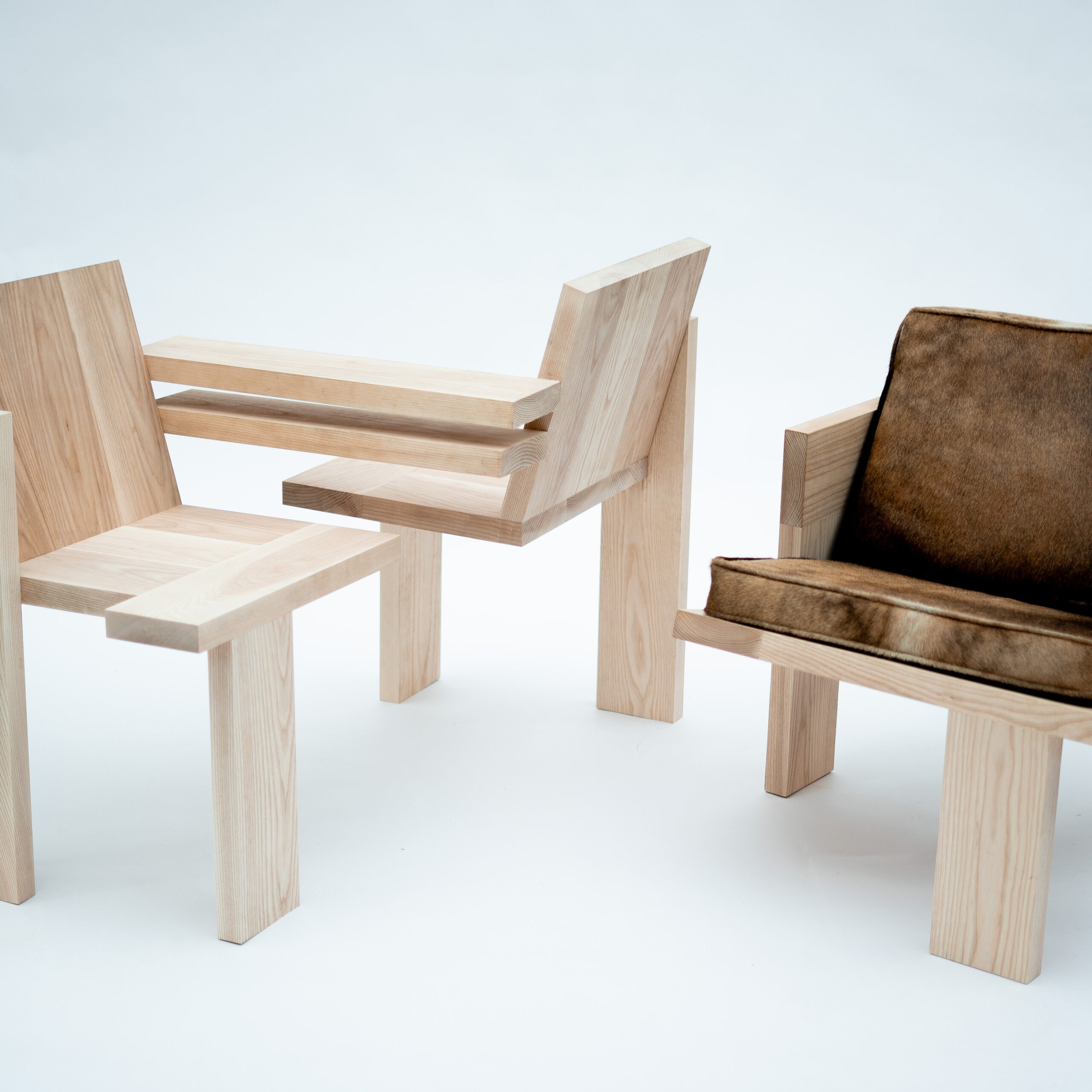
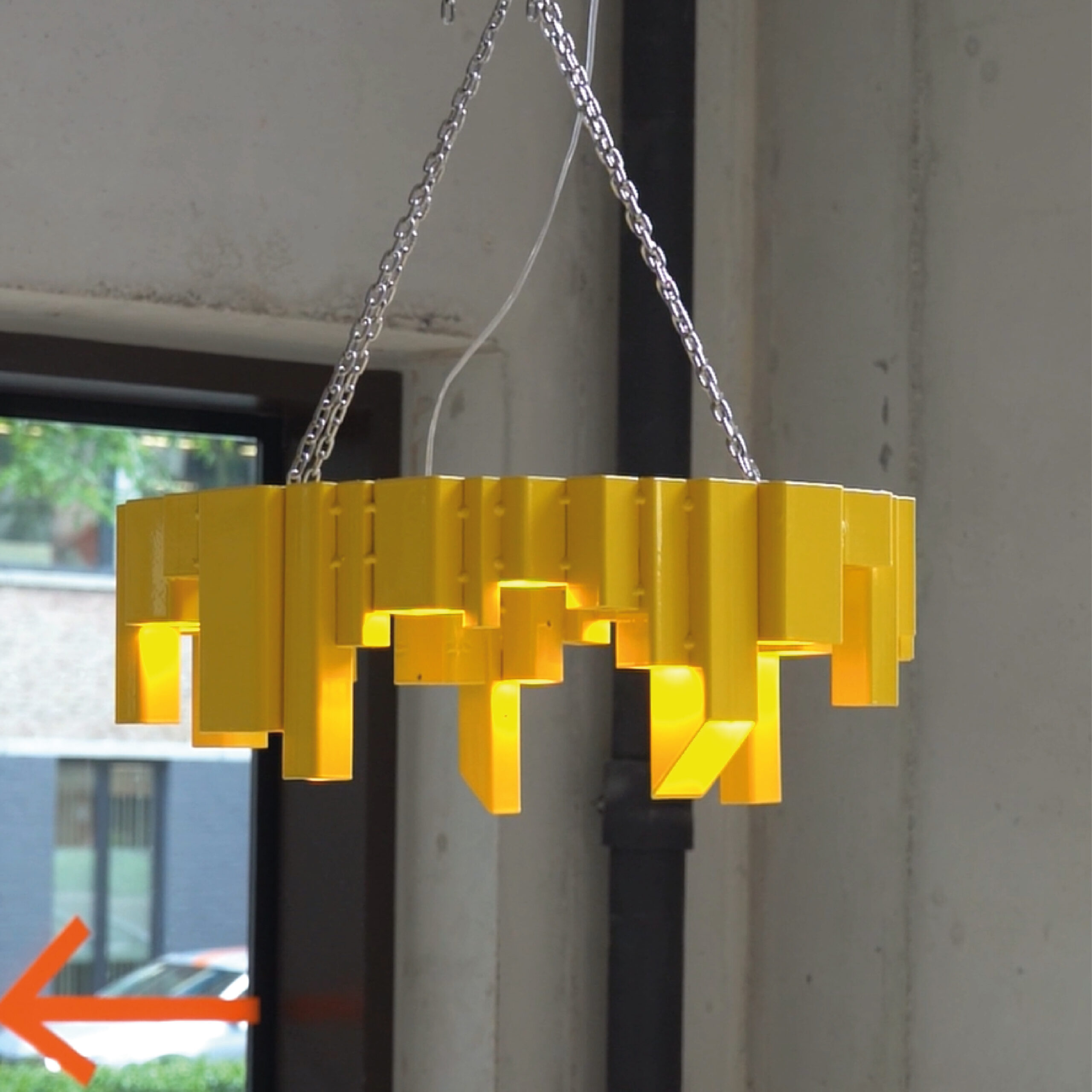
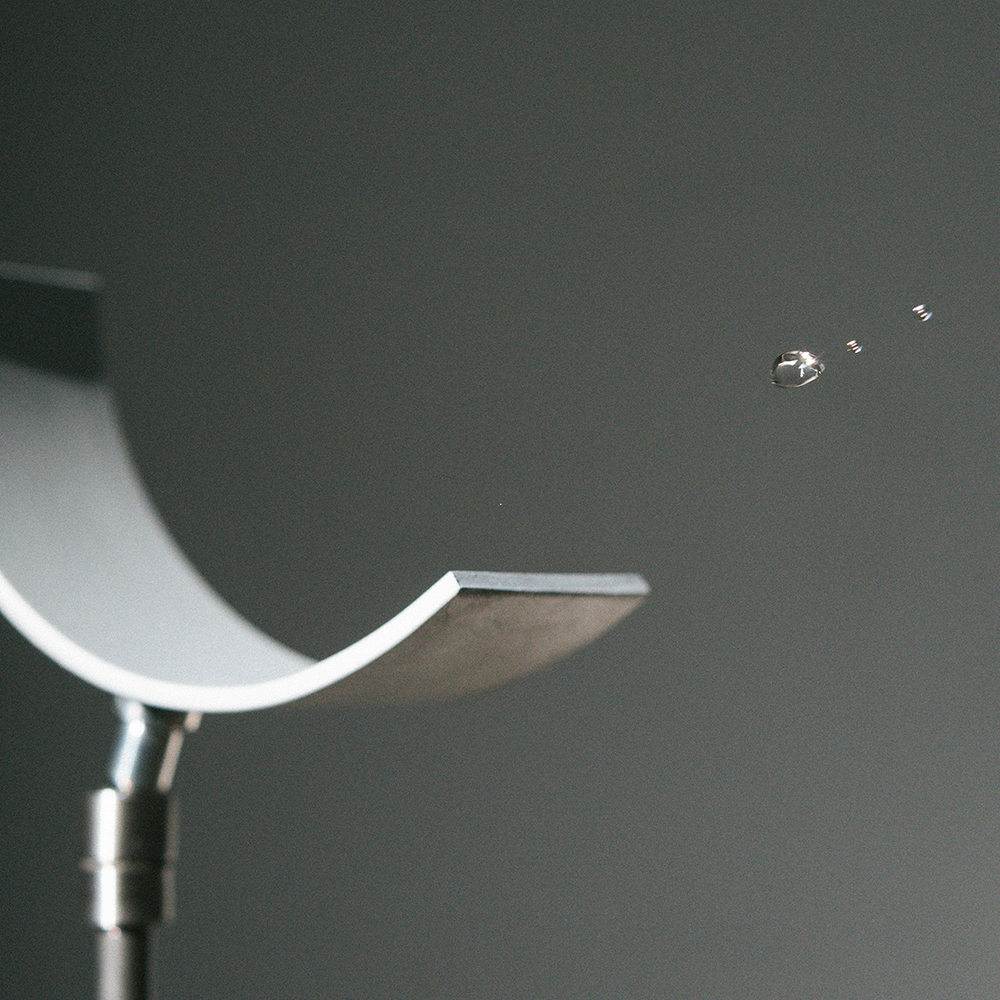
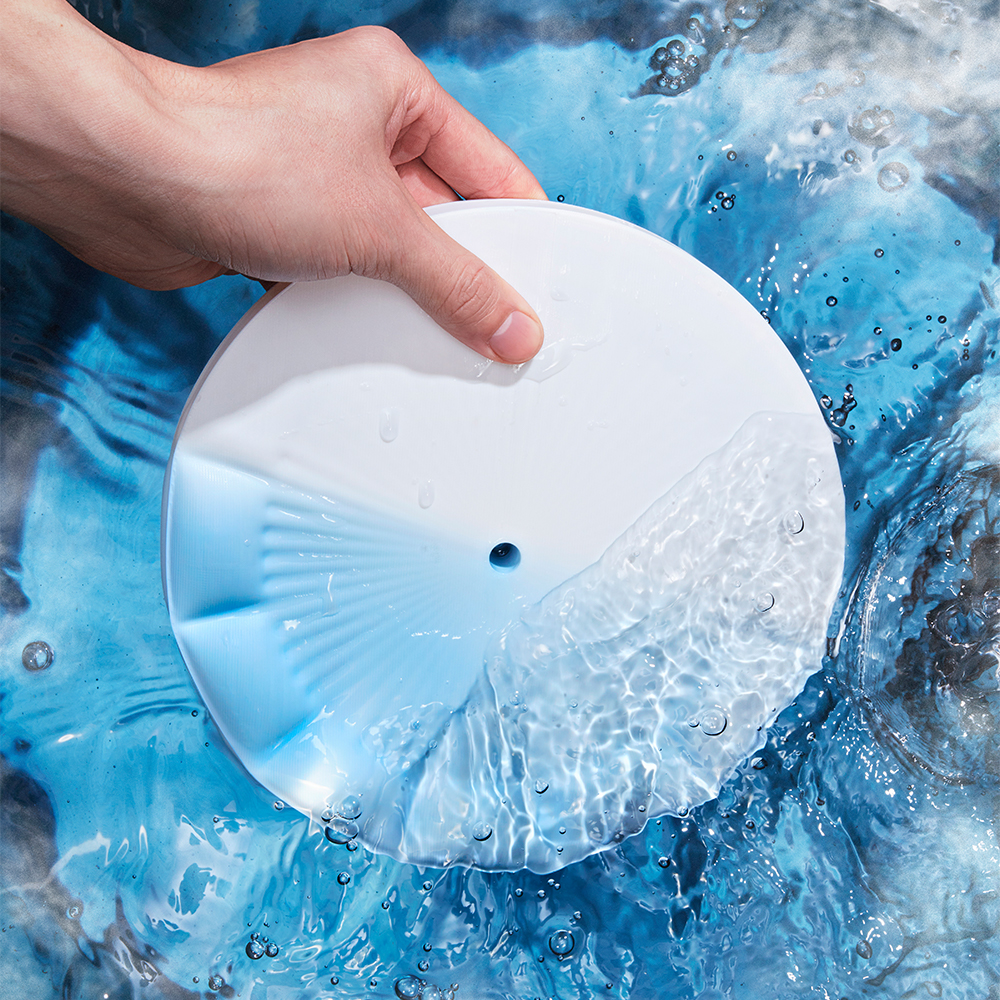
Showroom
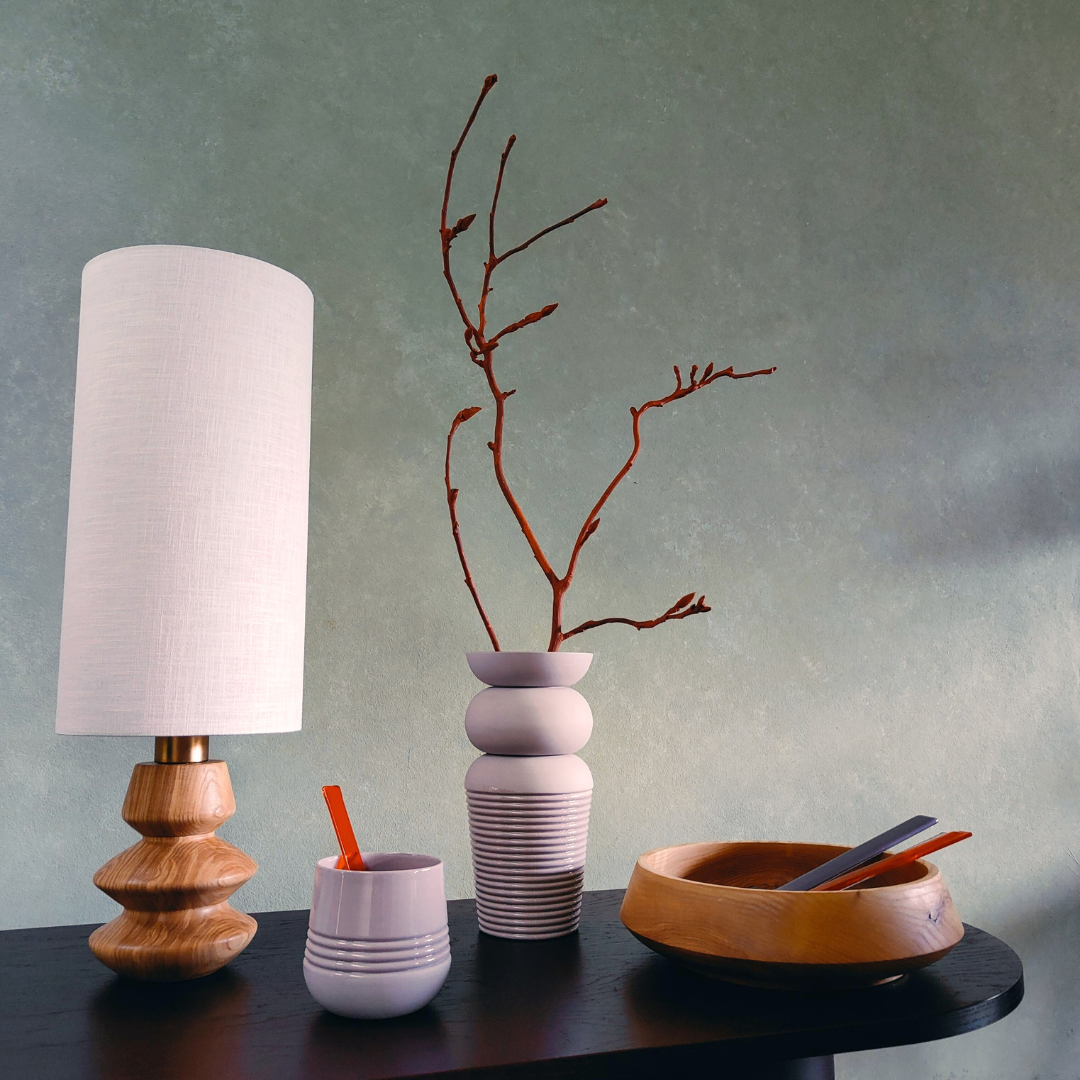
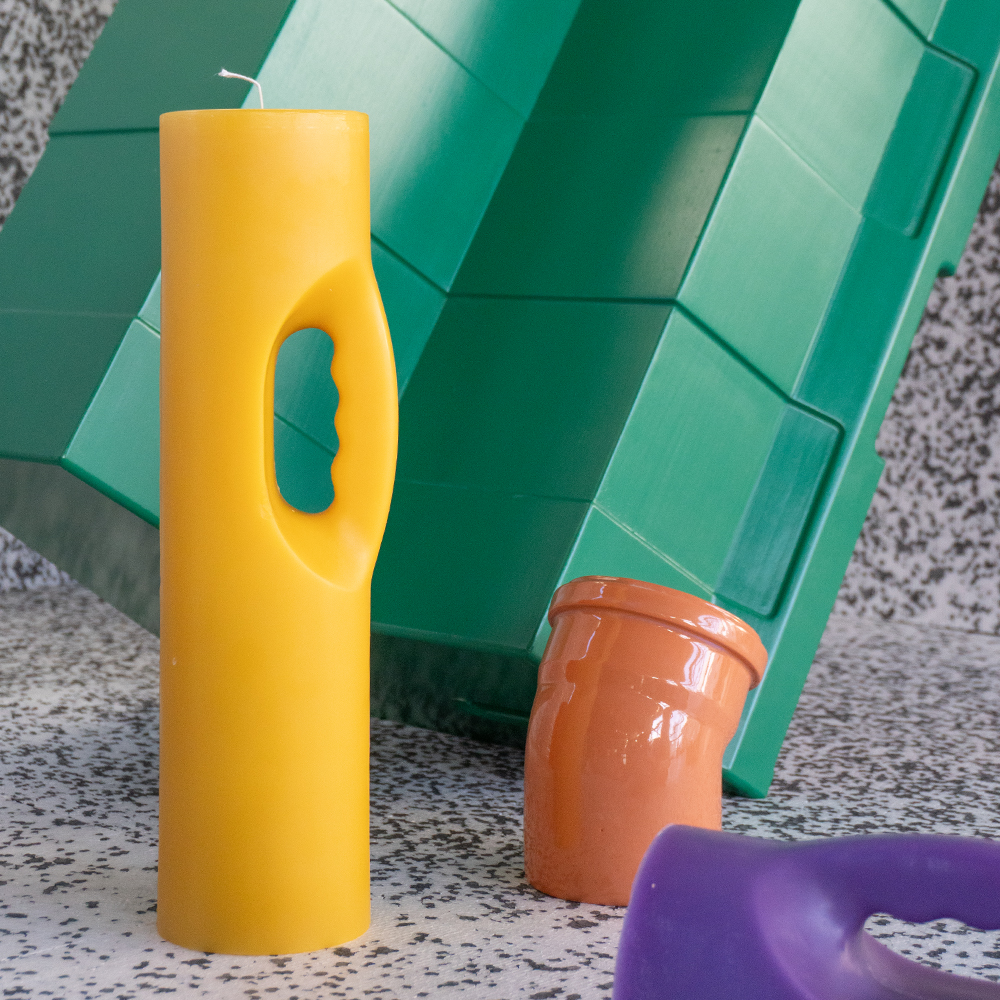
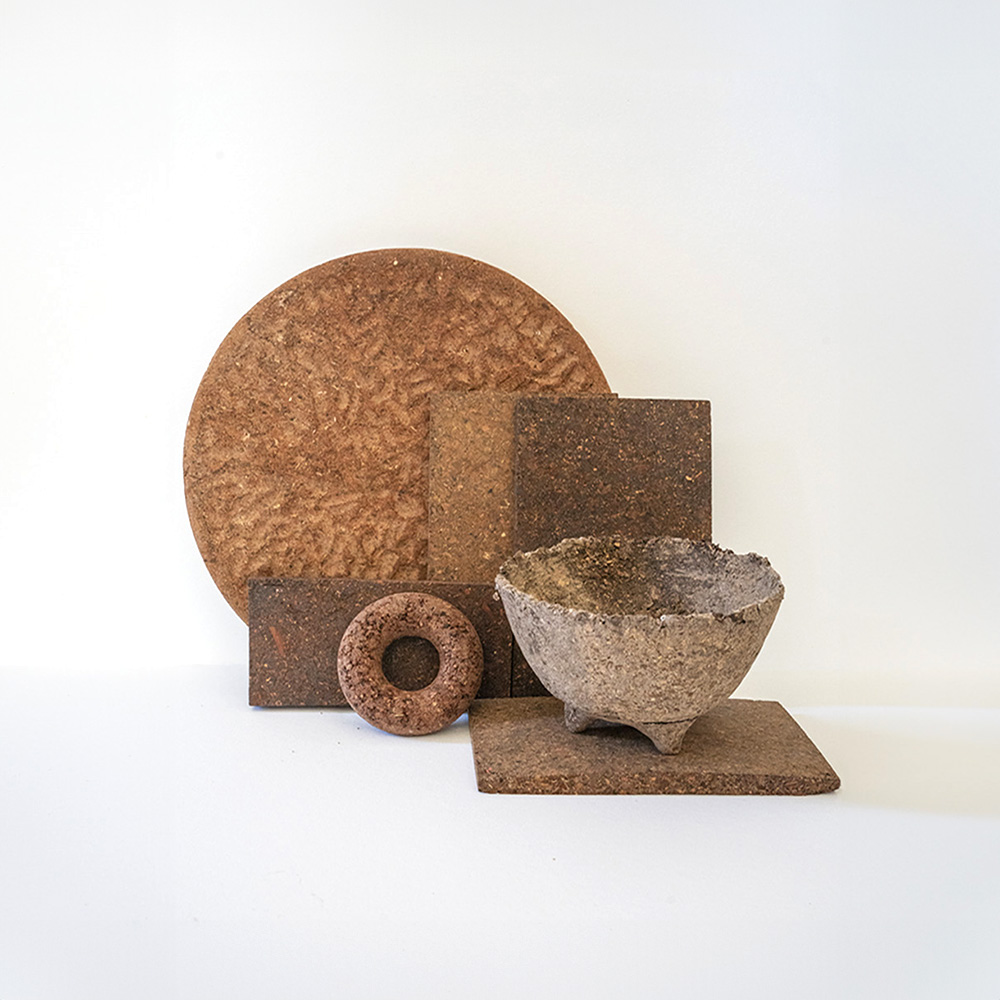
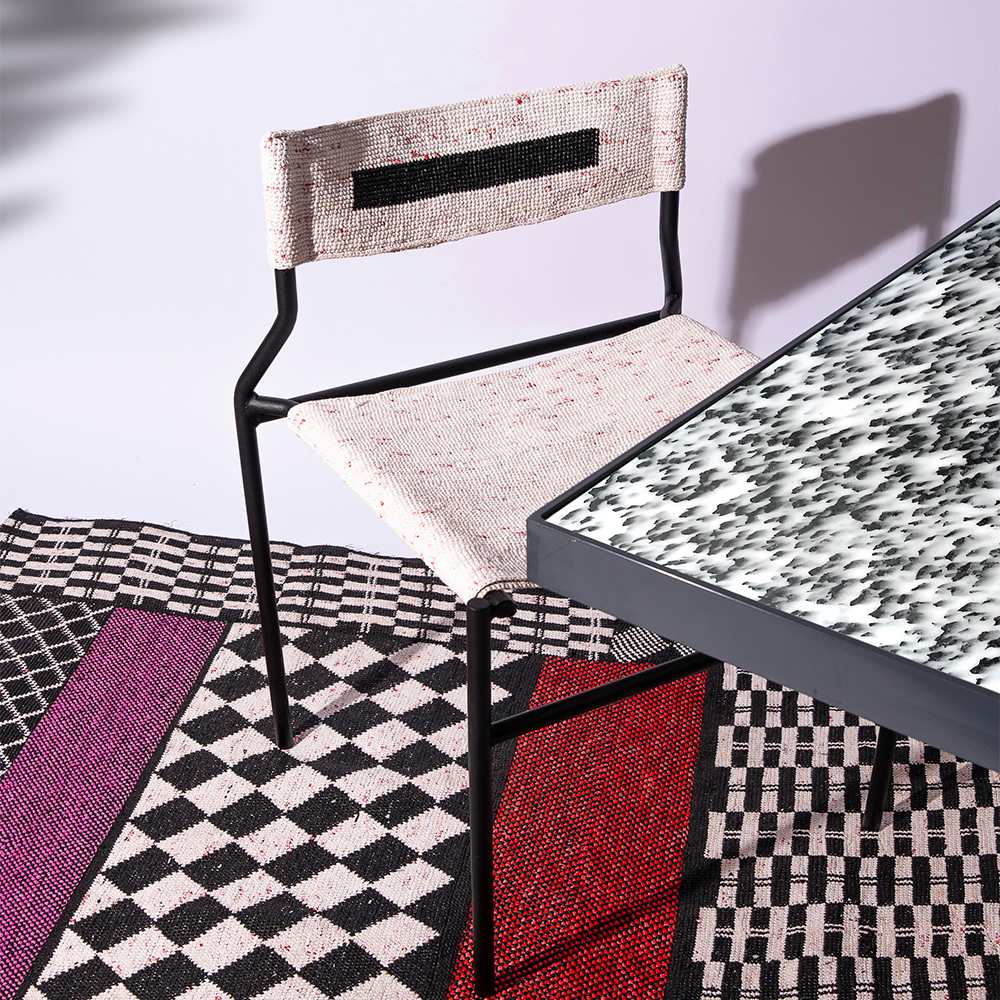
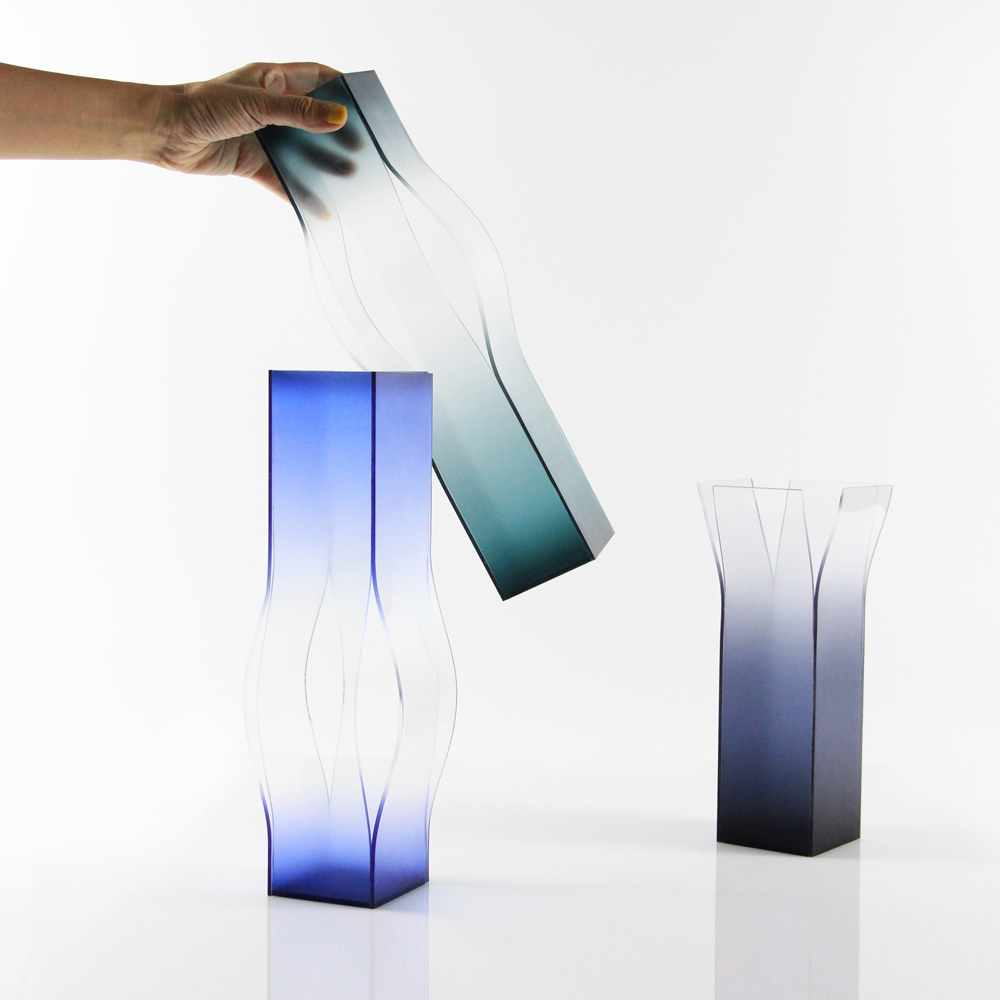

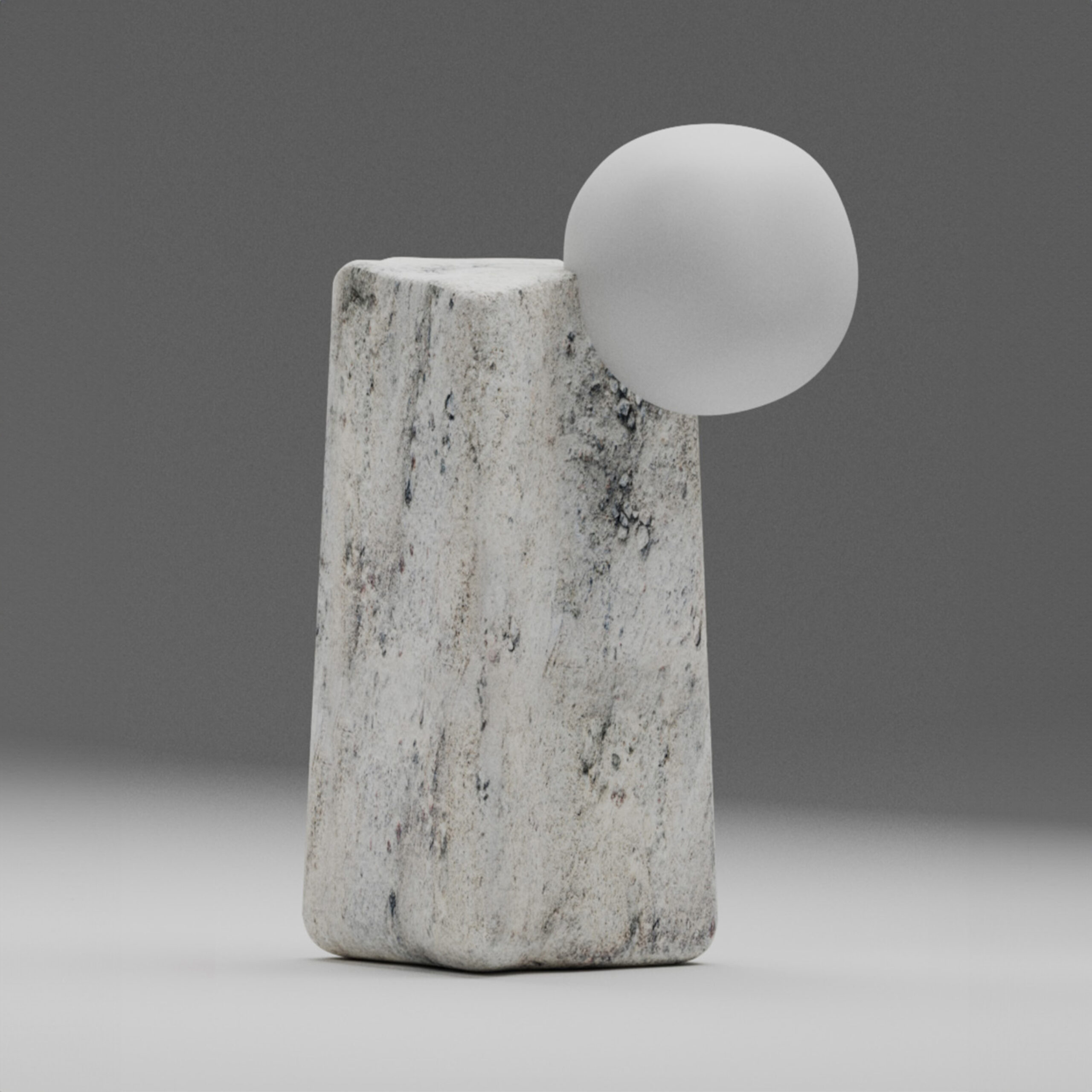
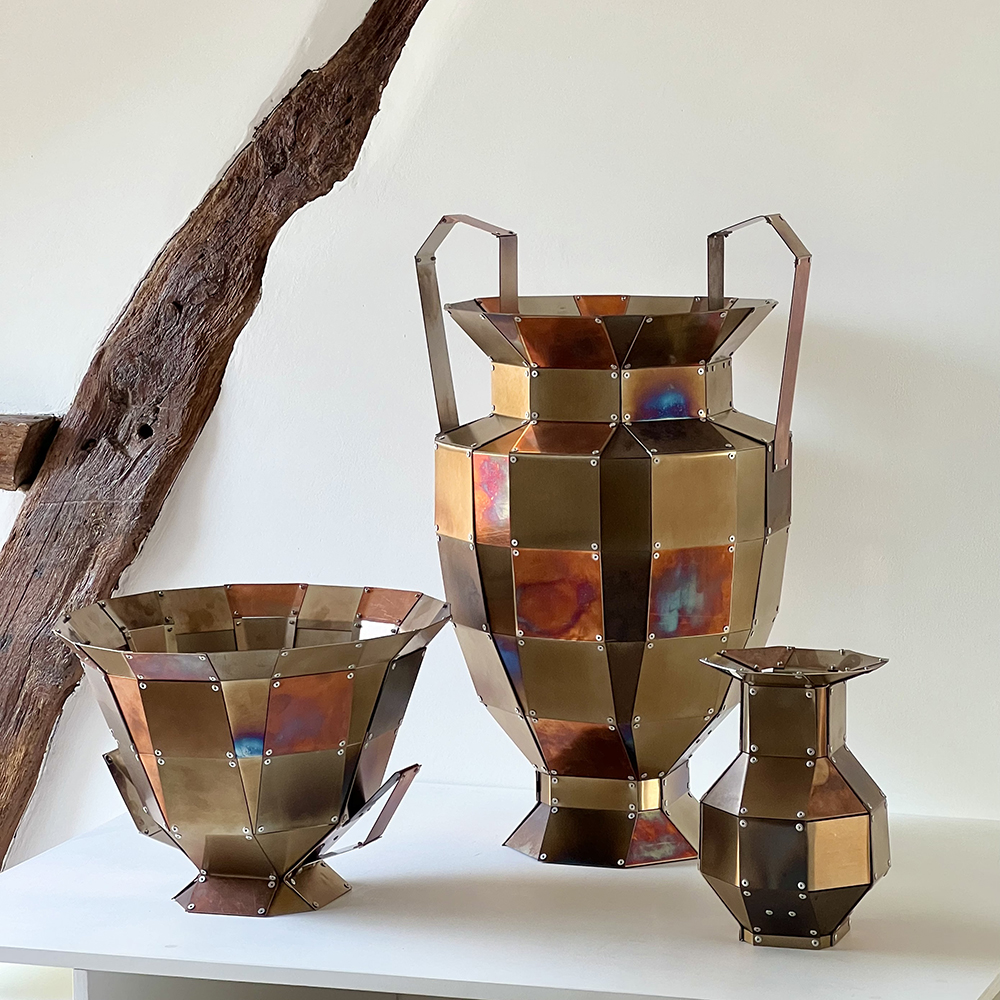
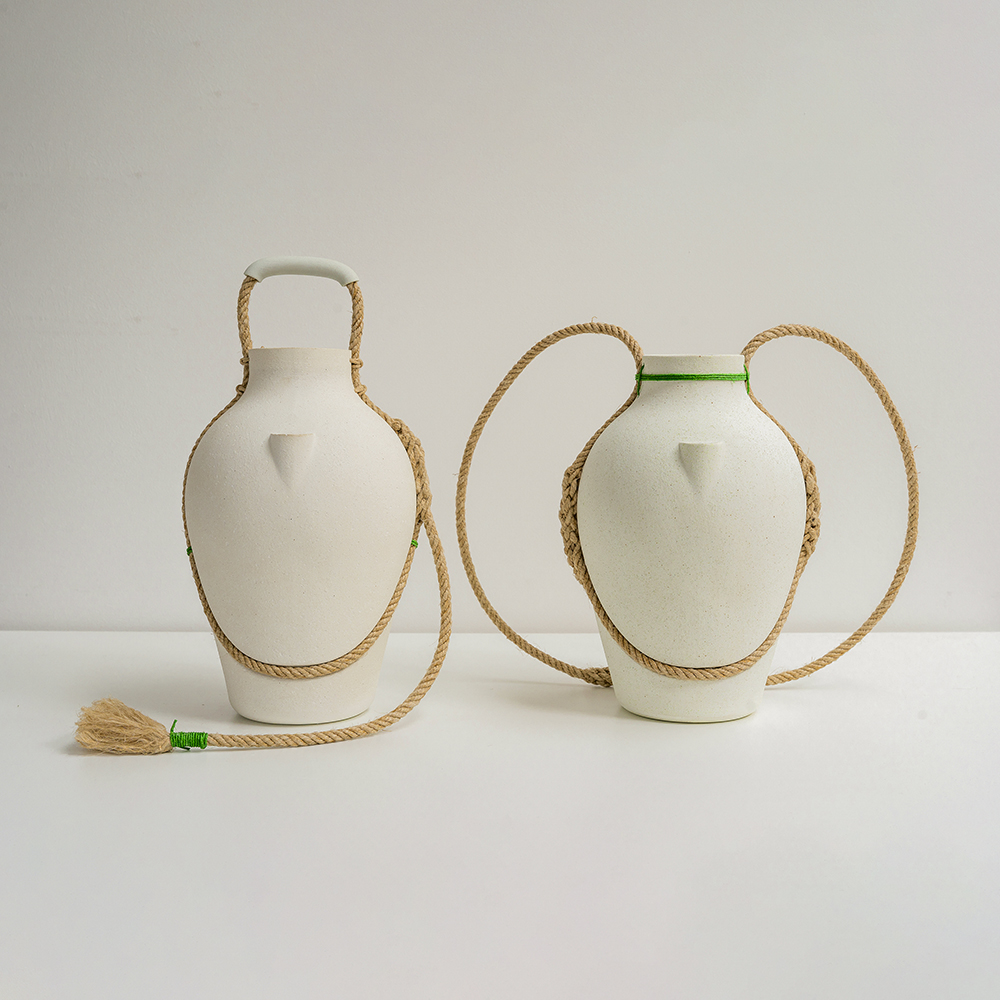
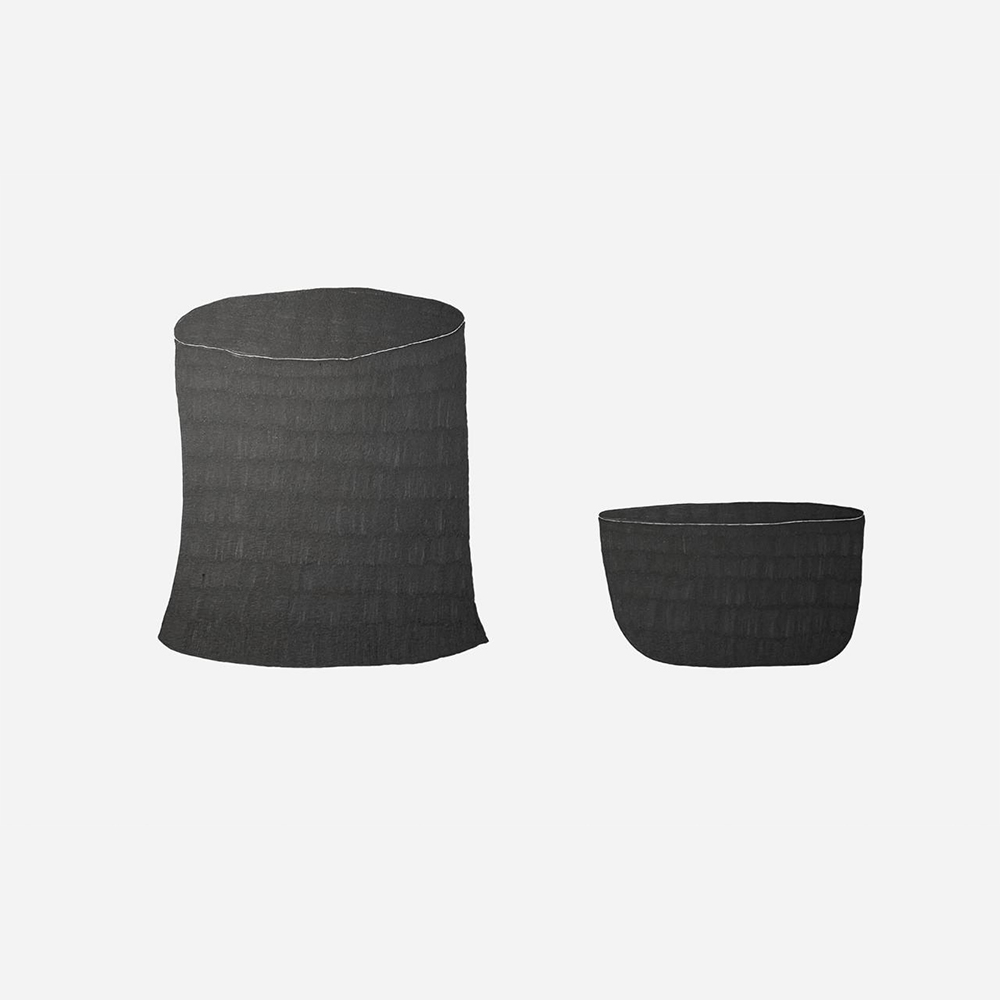
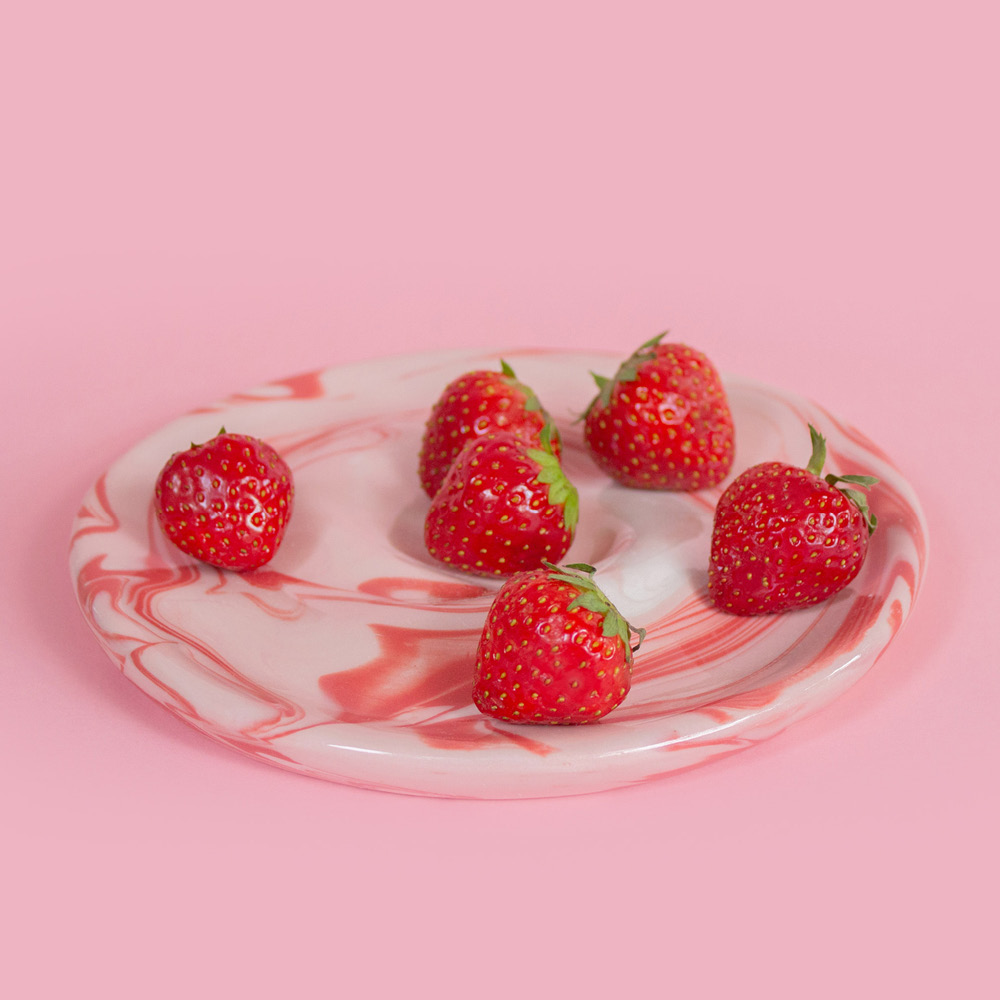
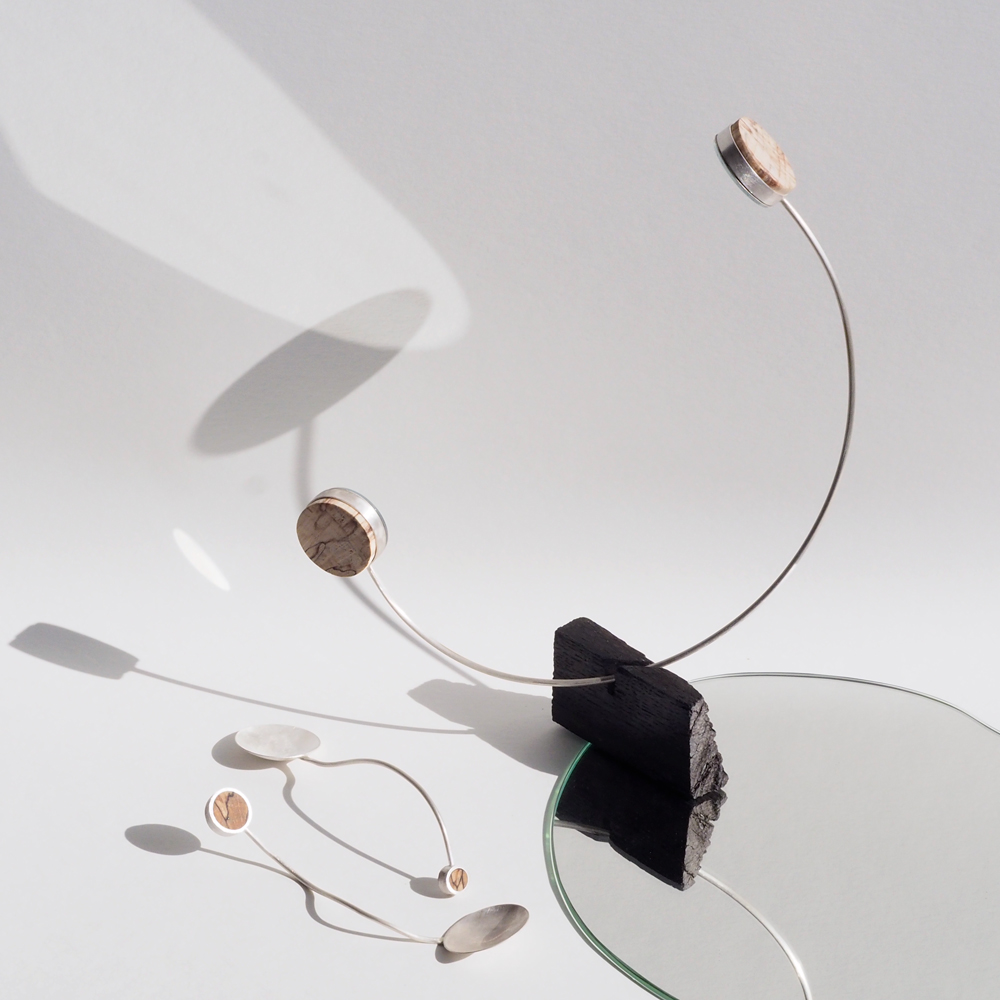
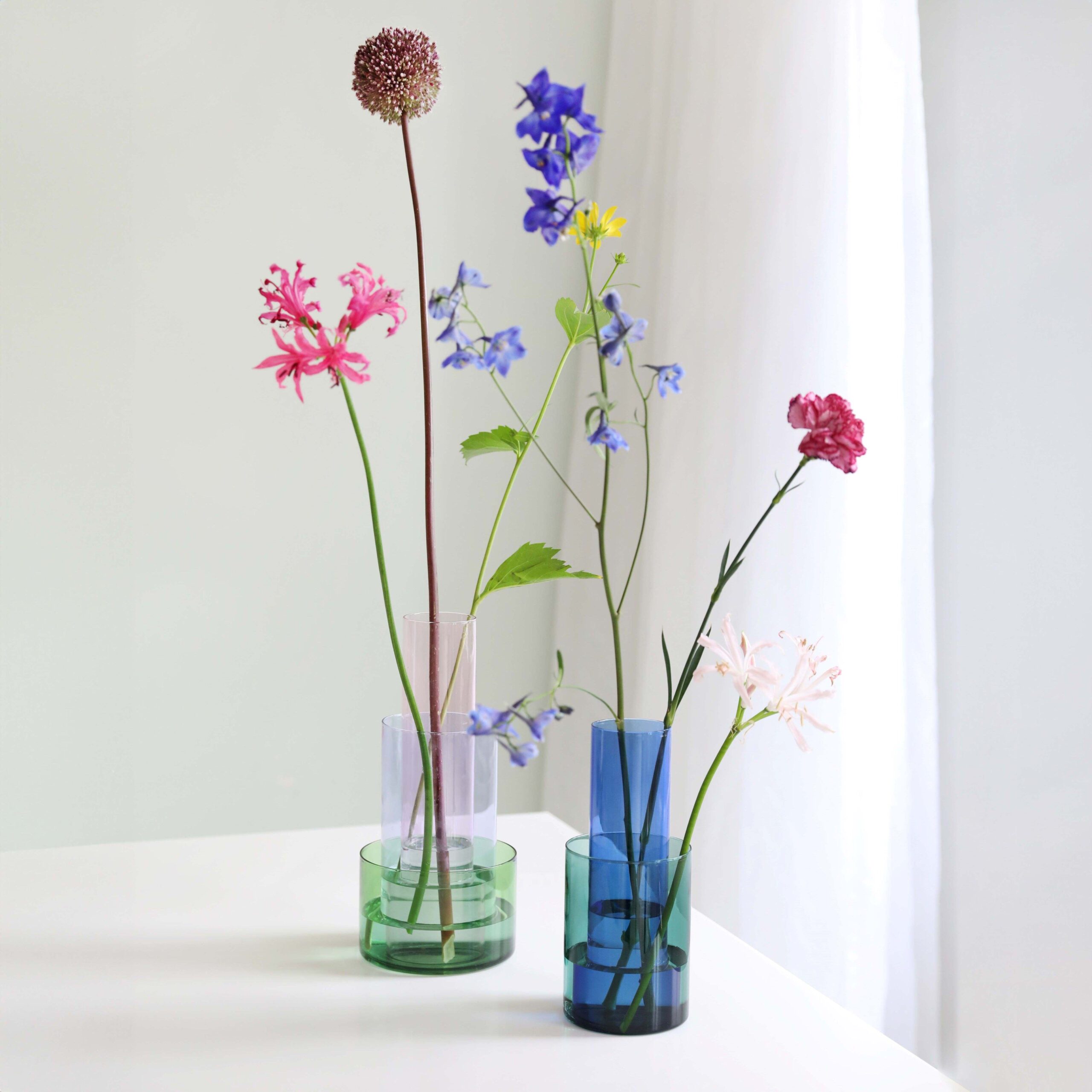
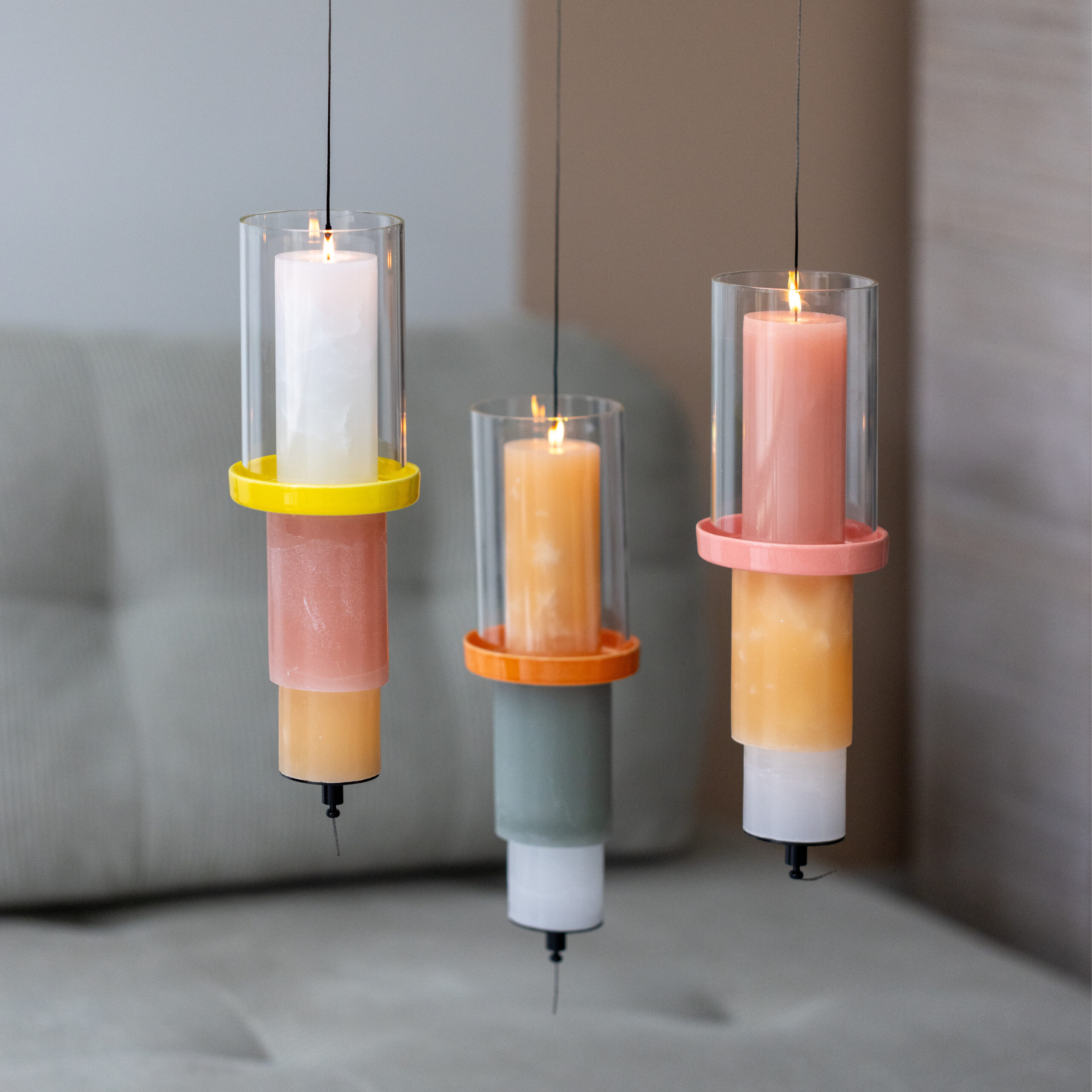
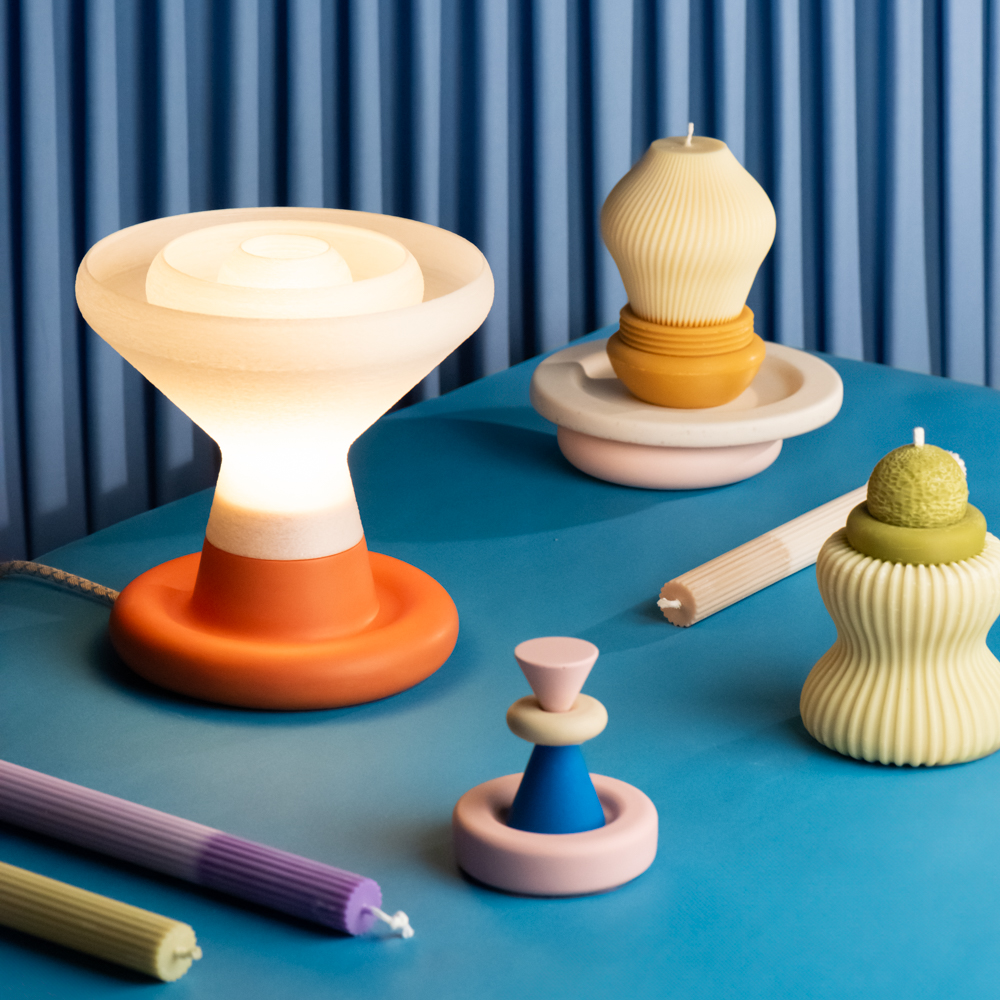
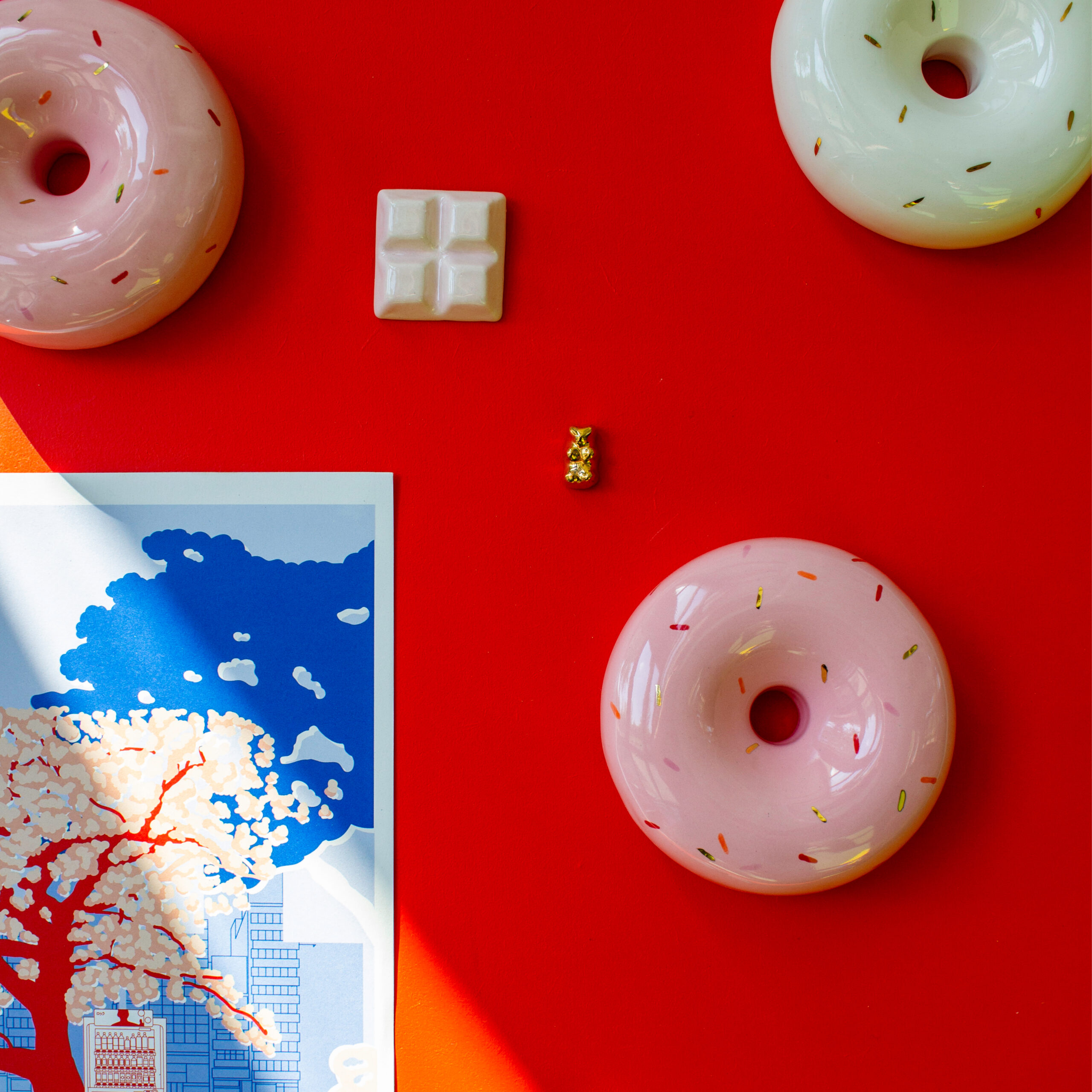
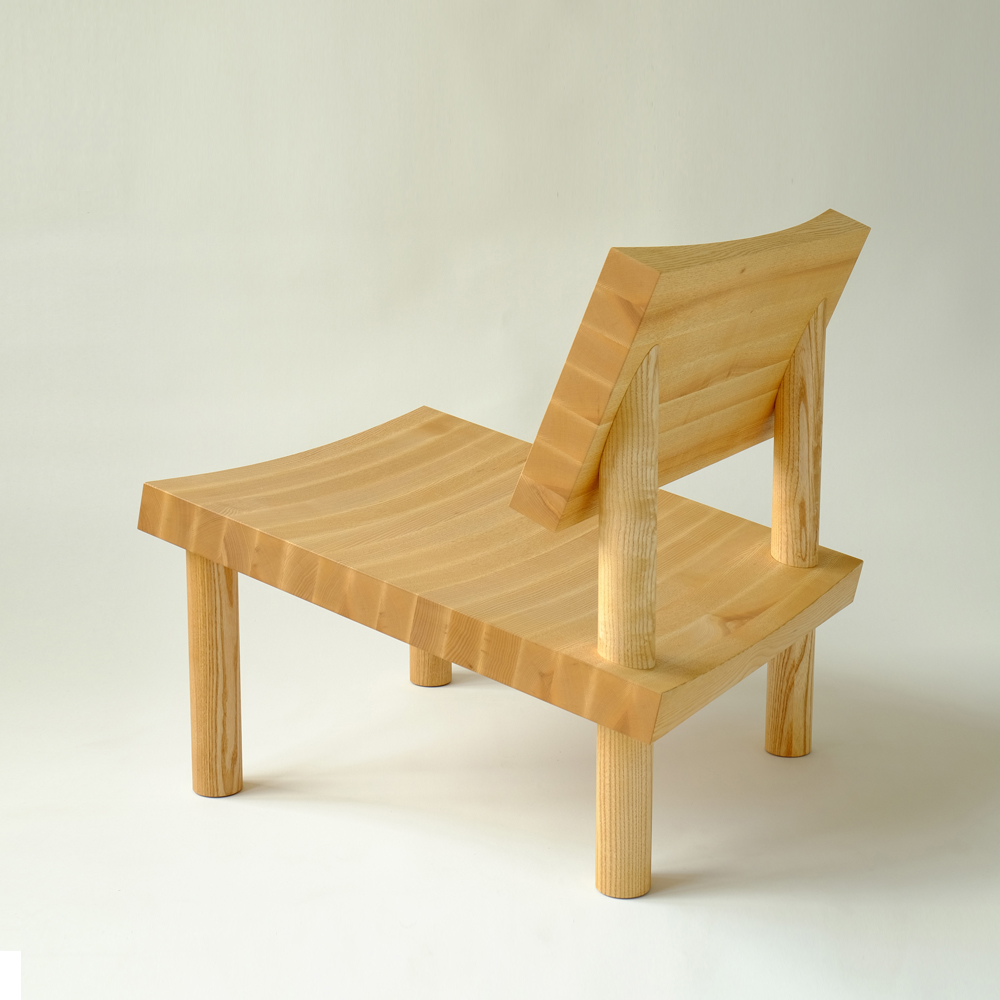
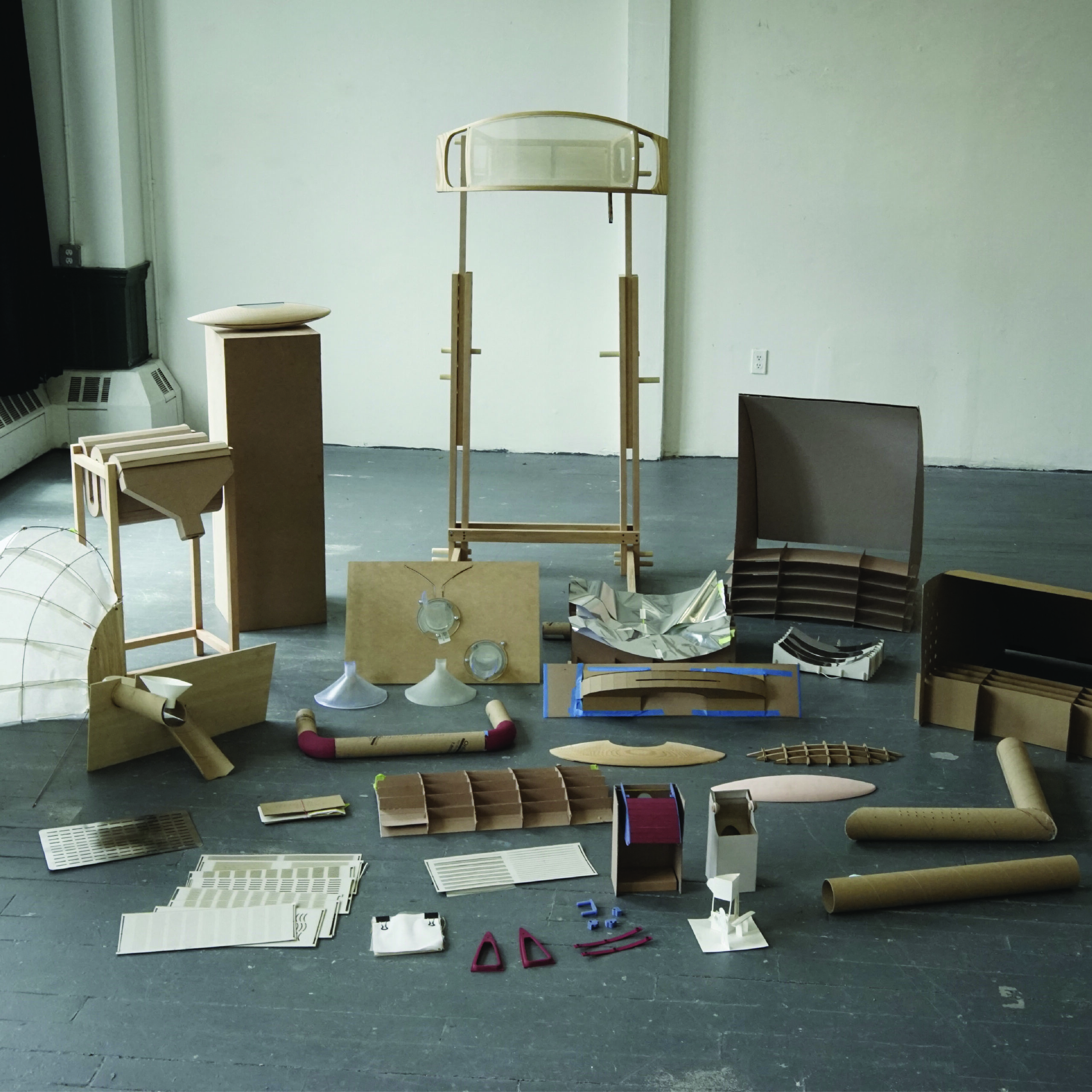
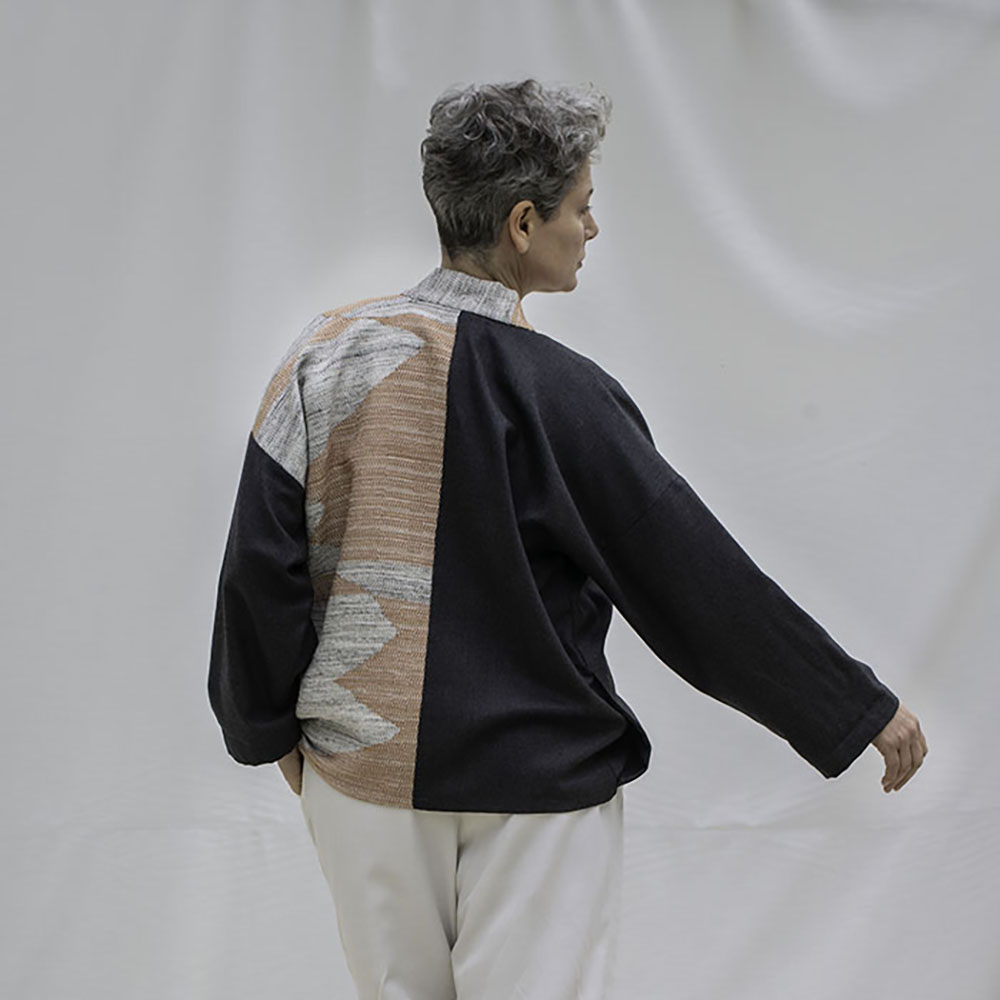
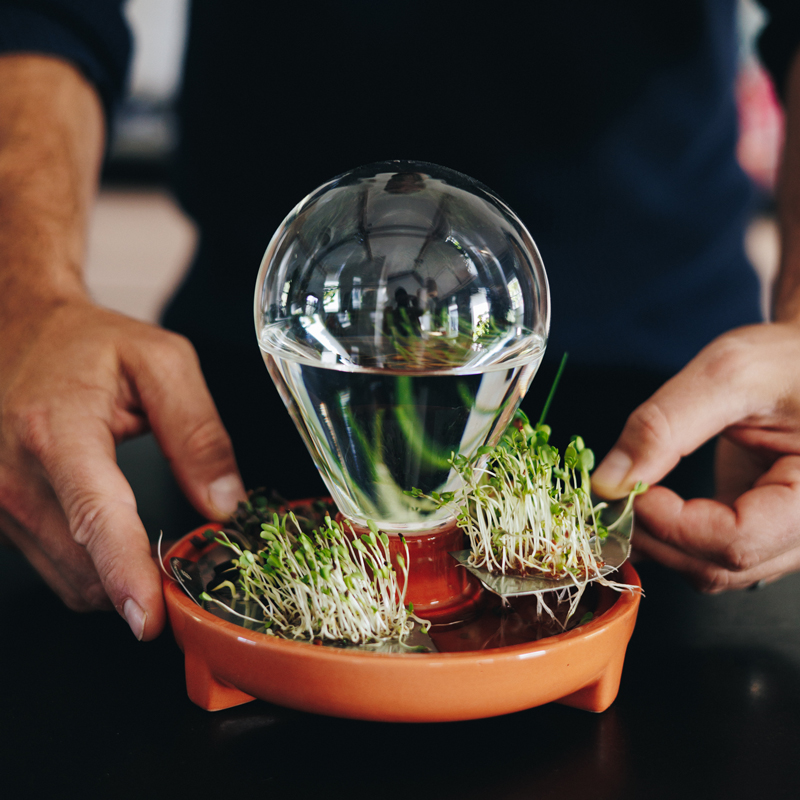
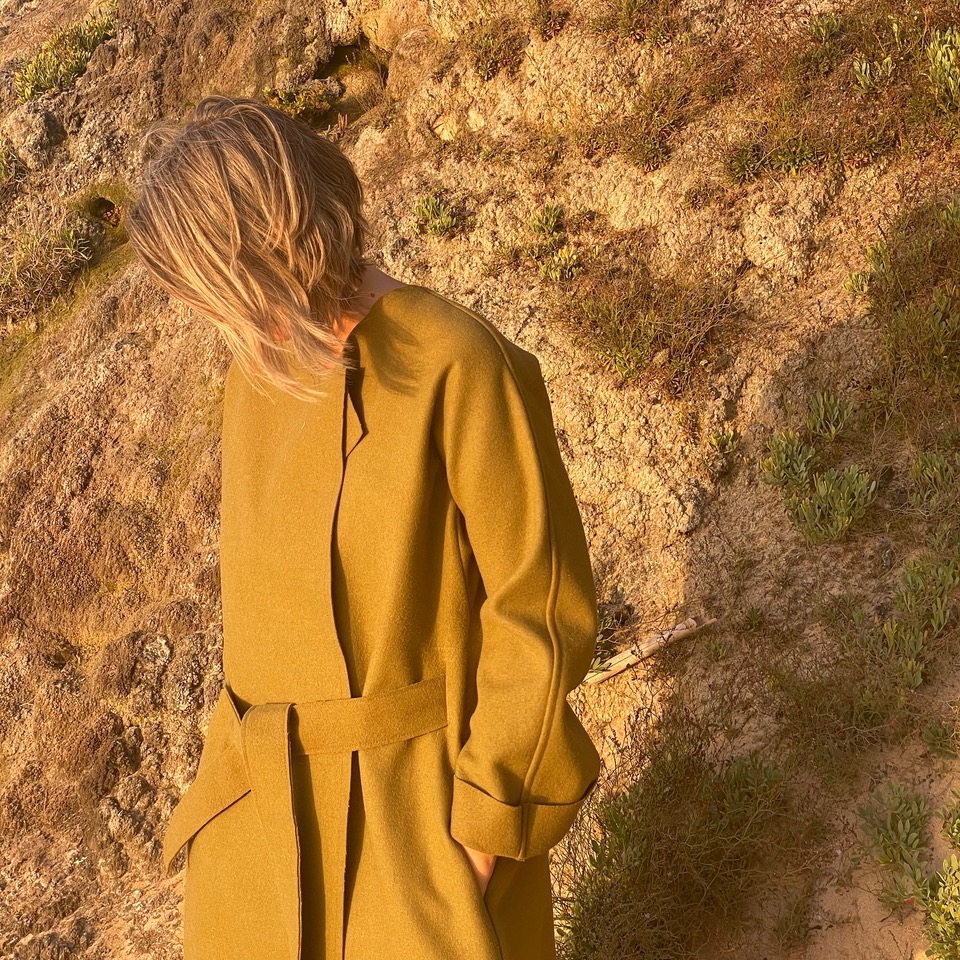
Restaurant

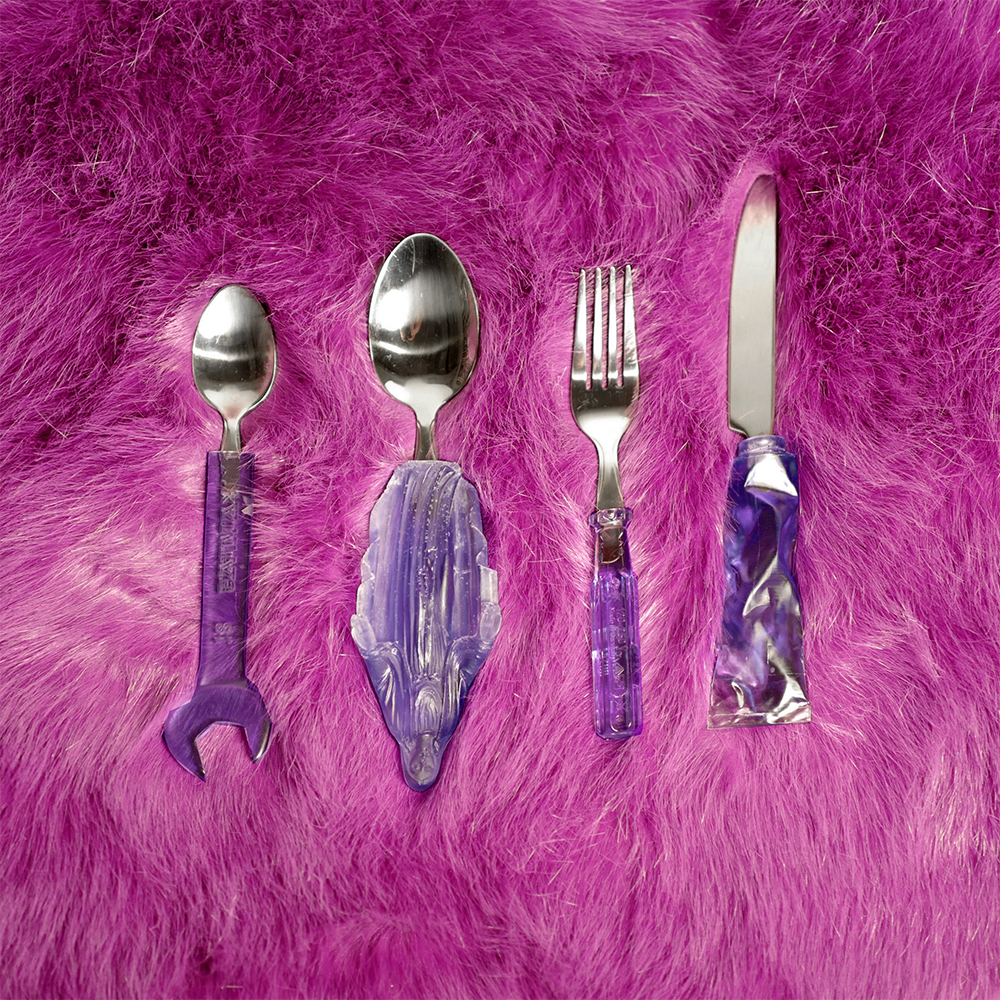
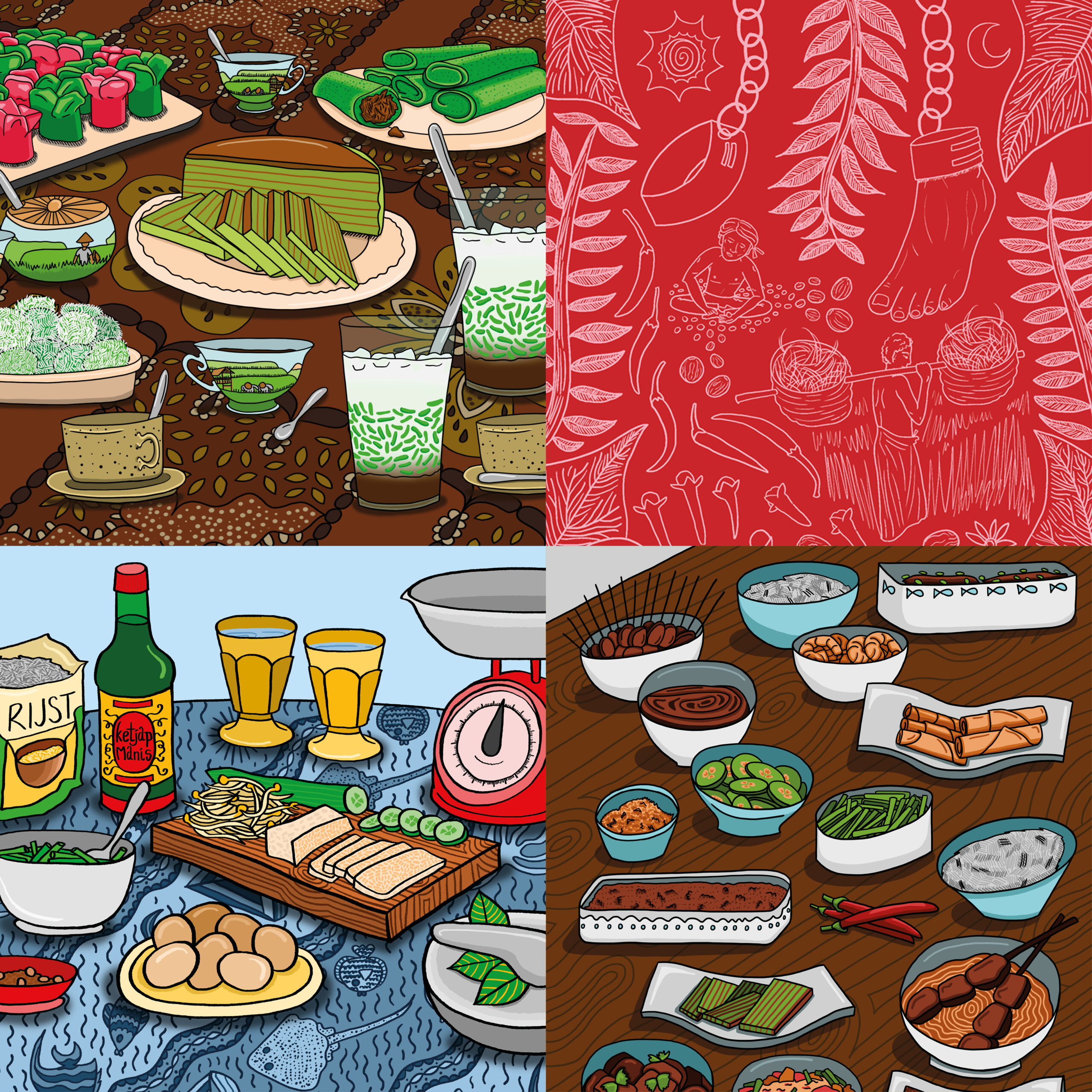
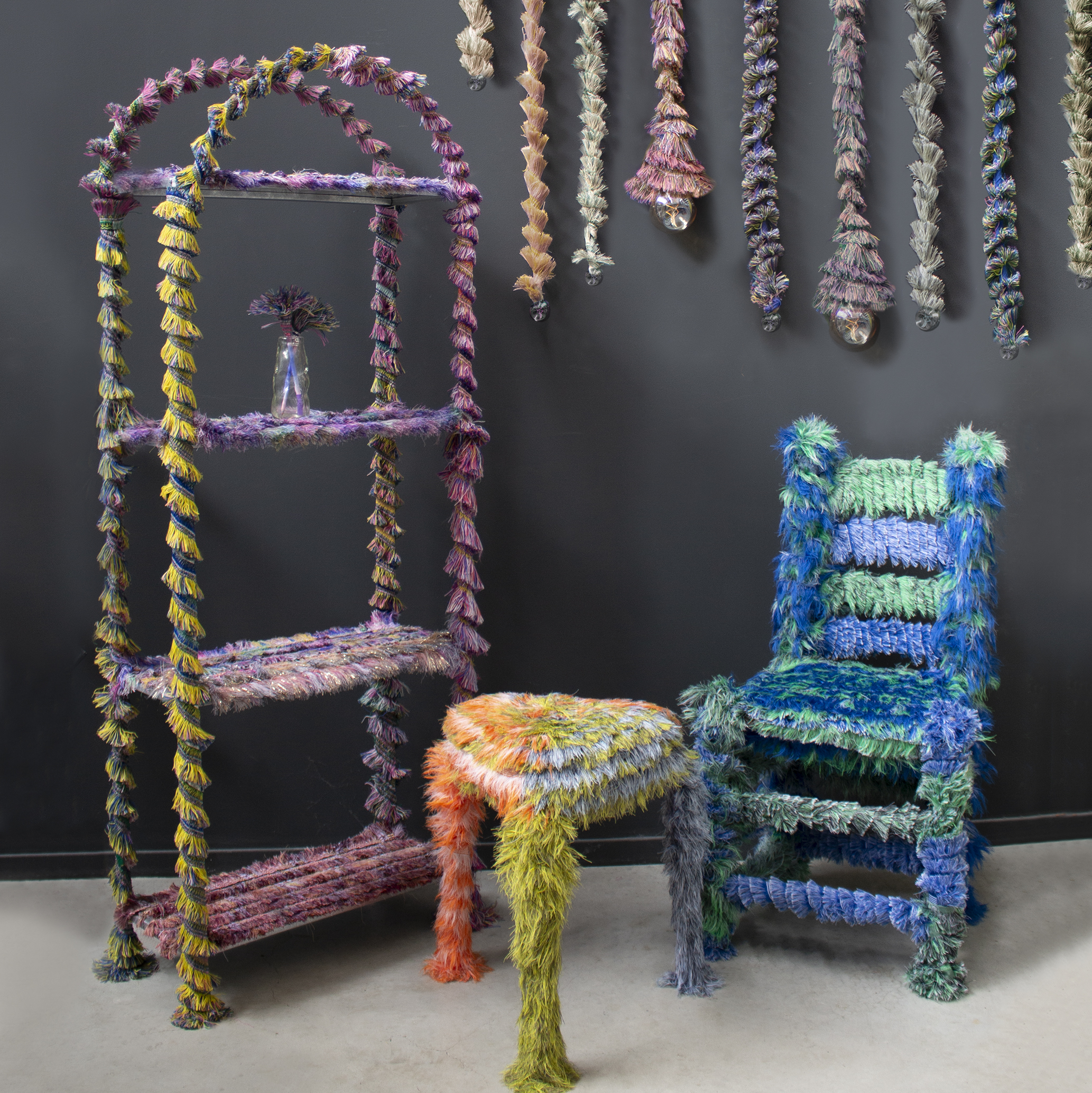
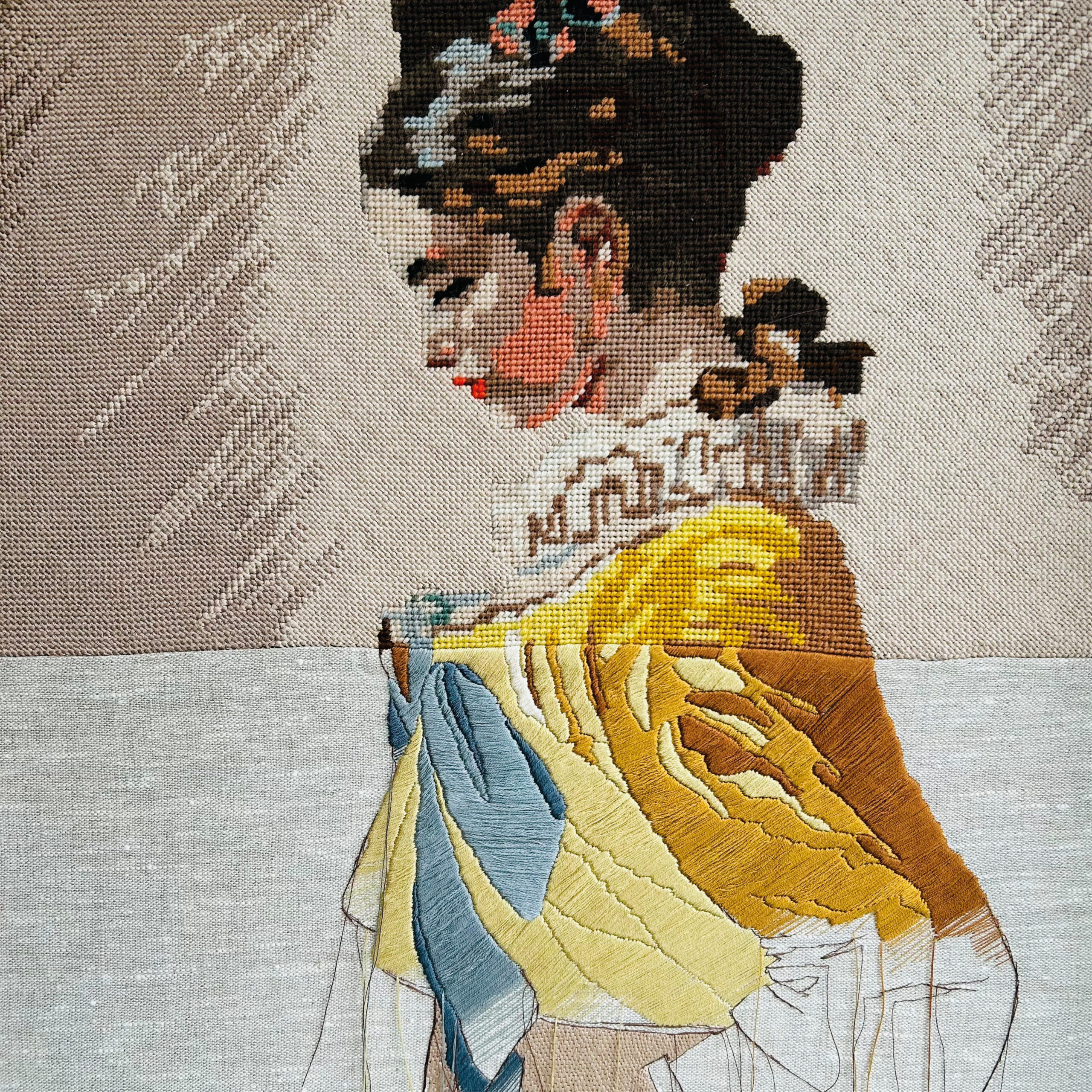
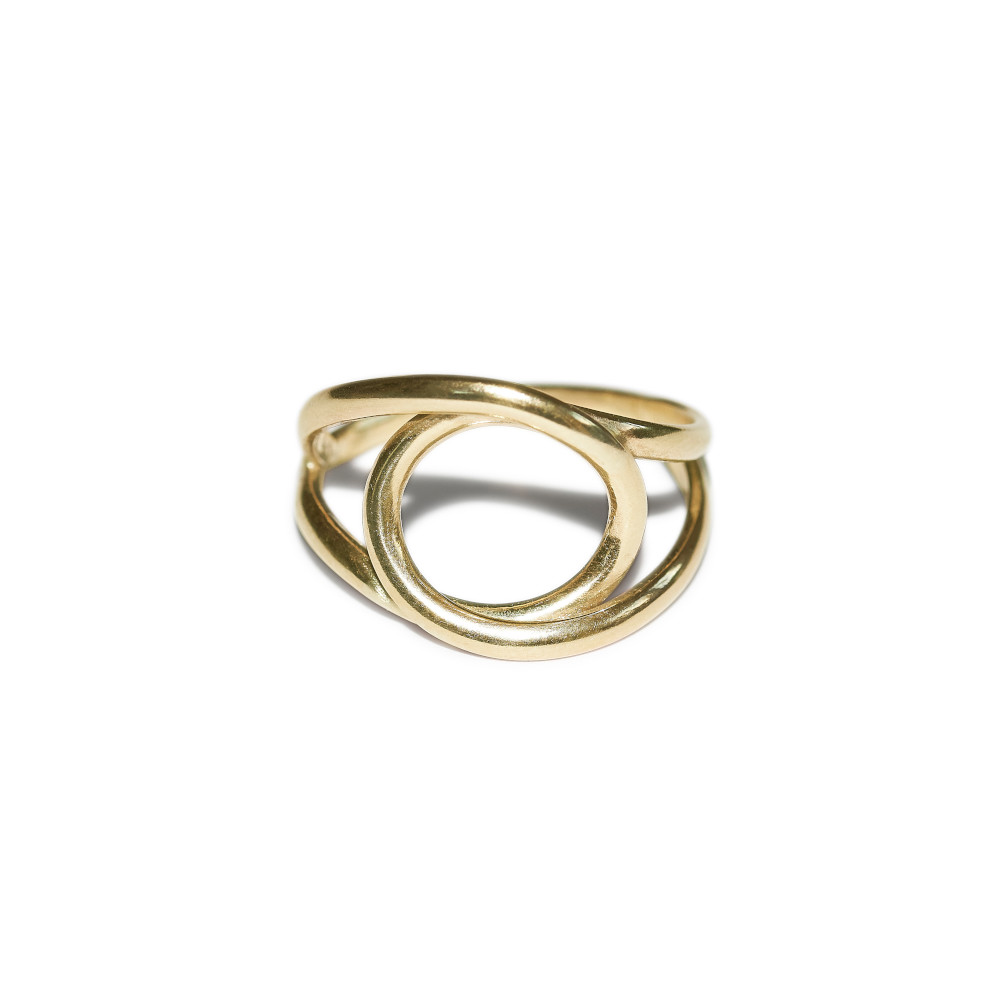
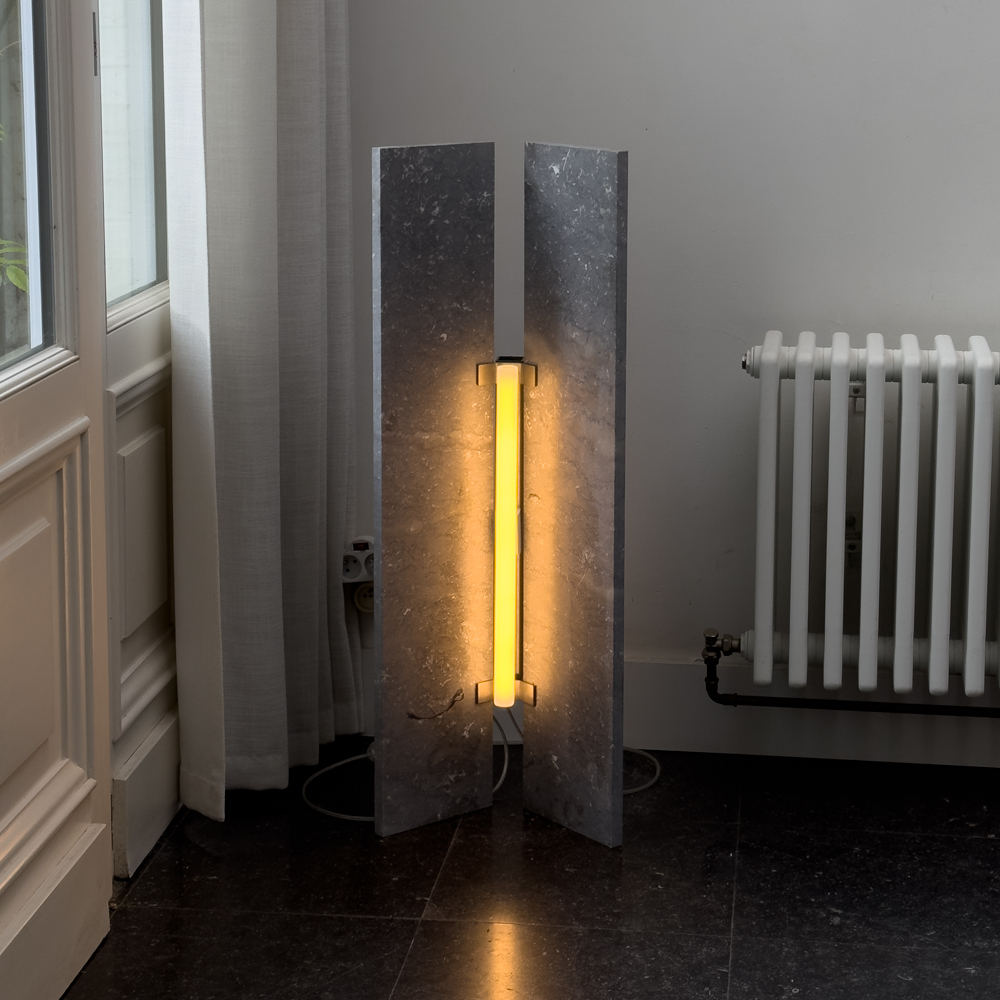
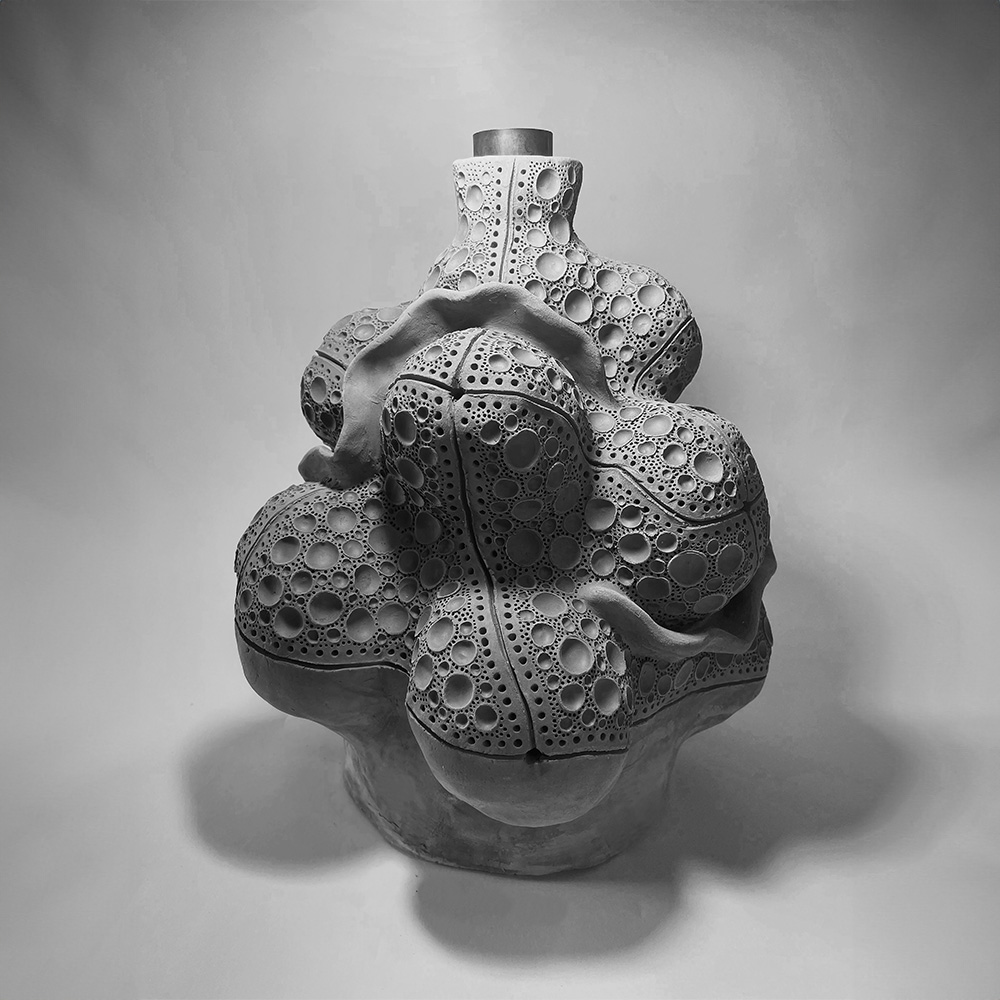
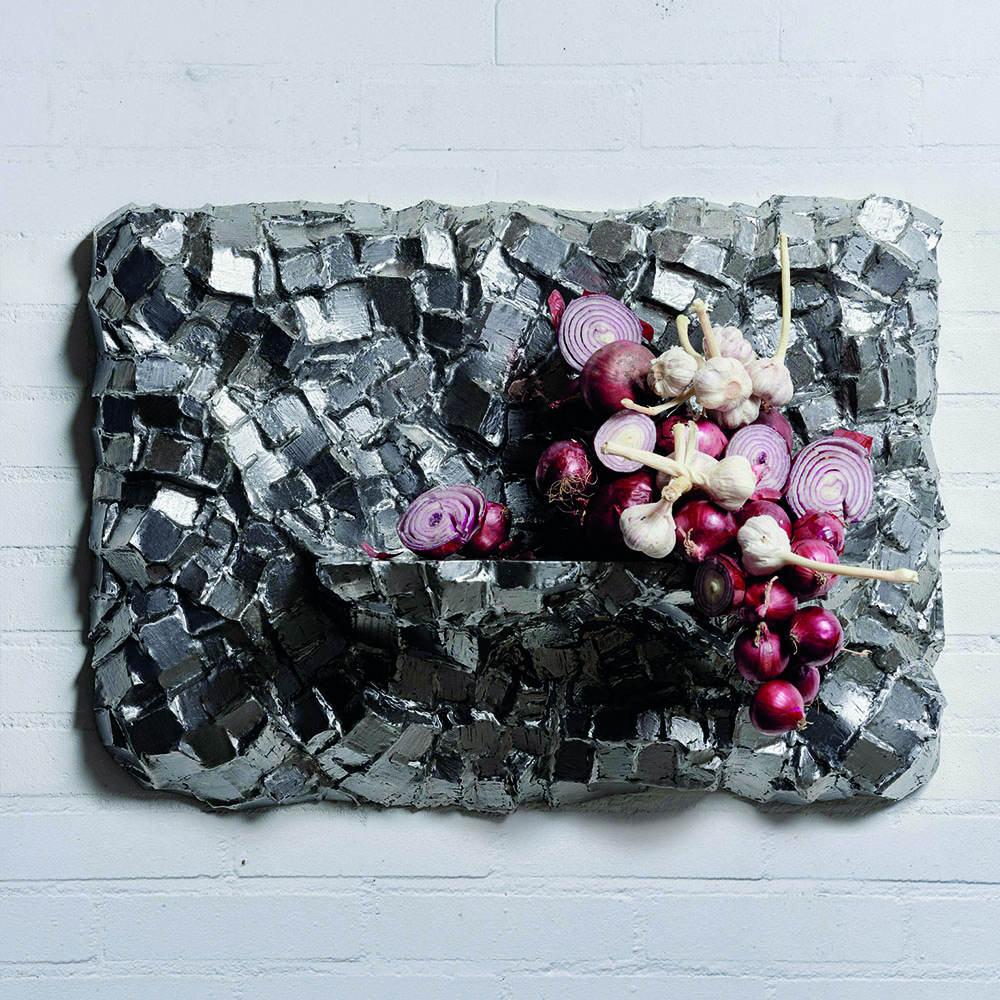
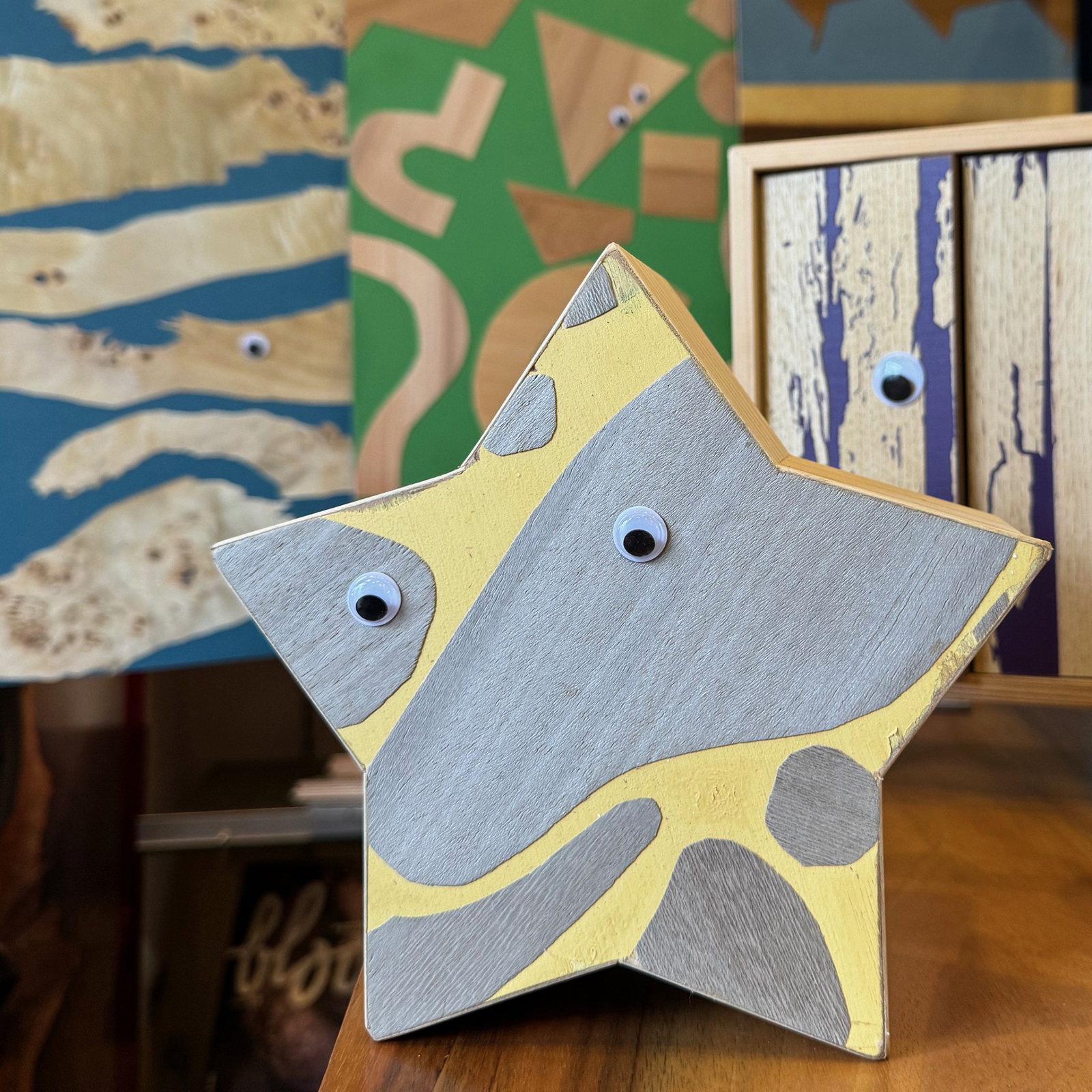
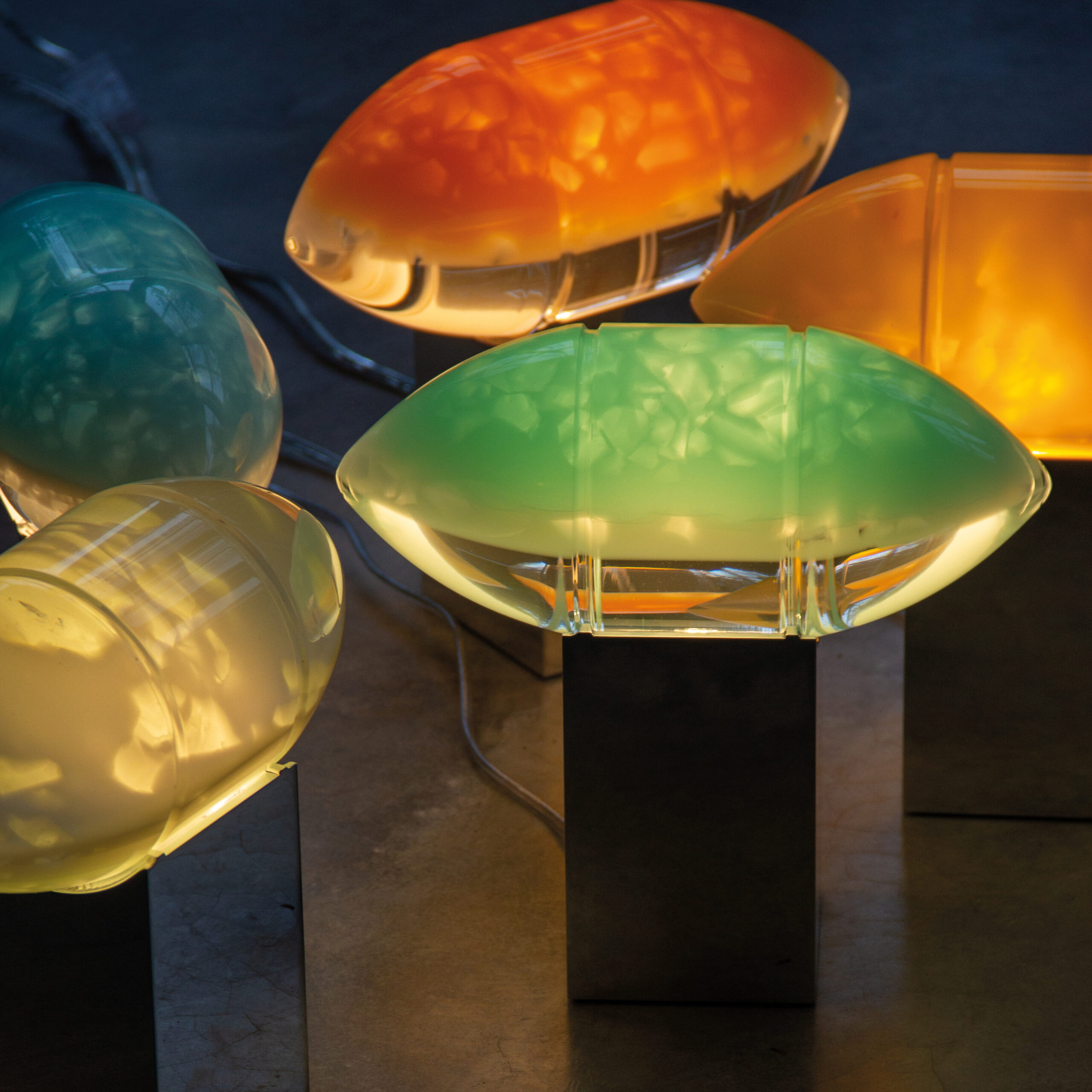
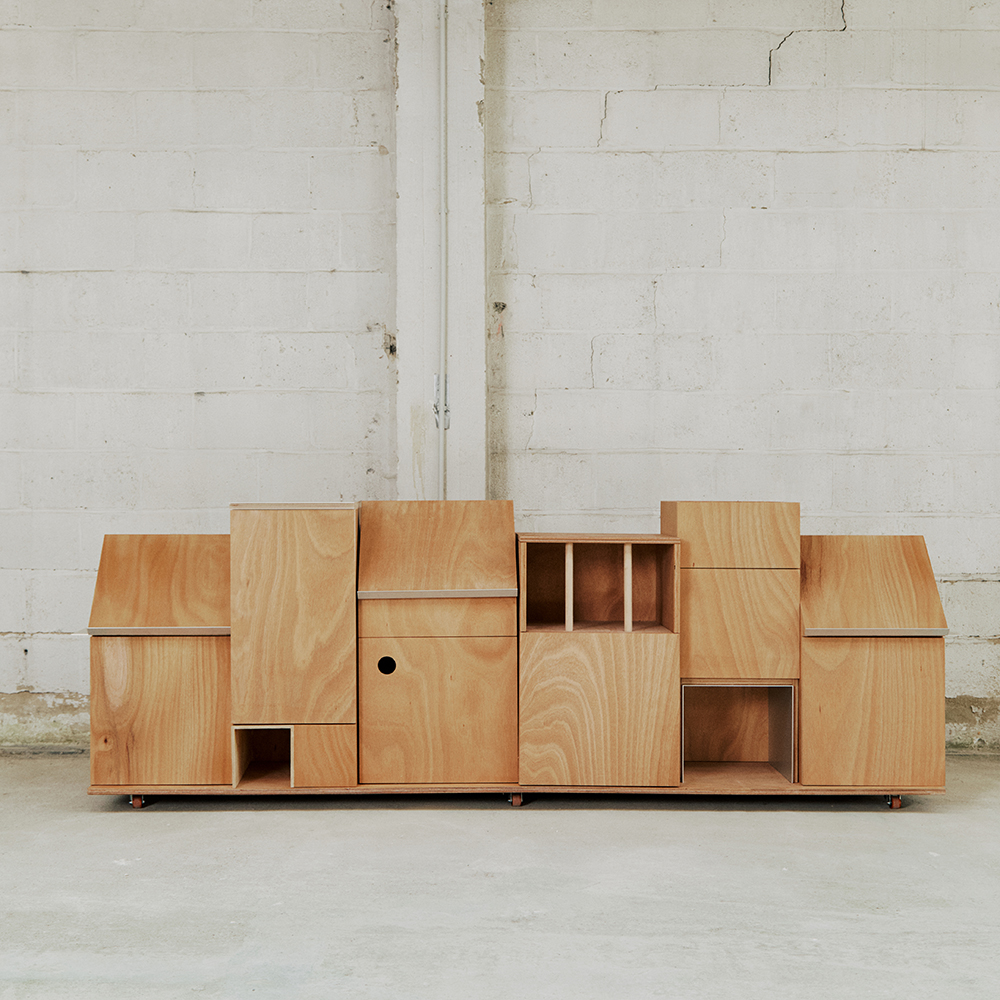
Platform
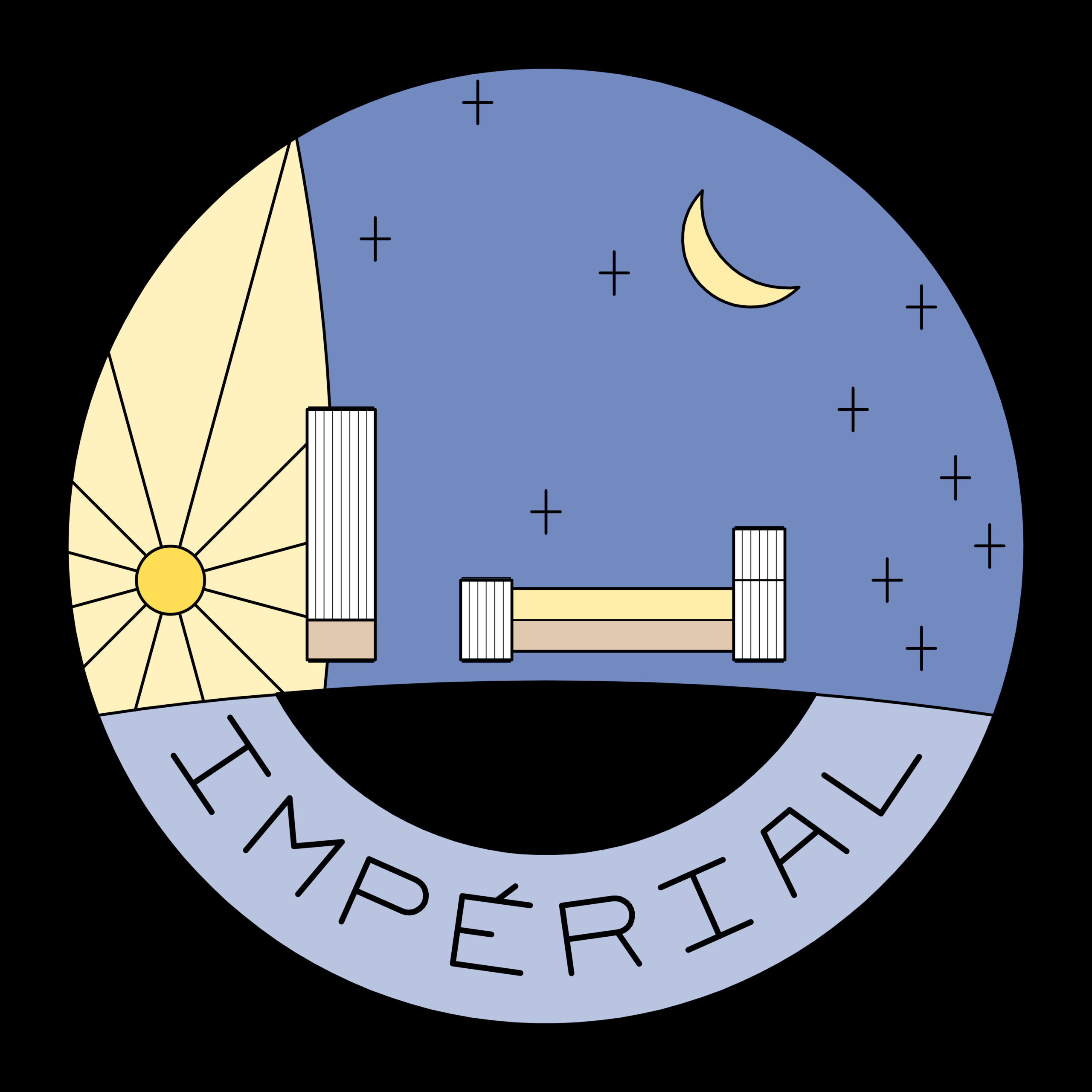
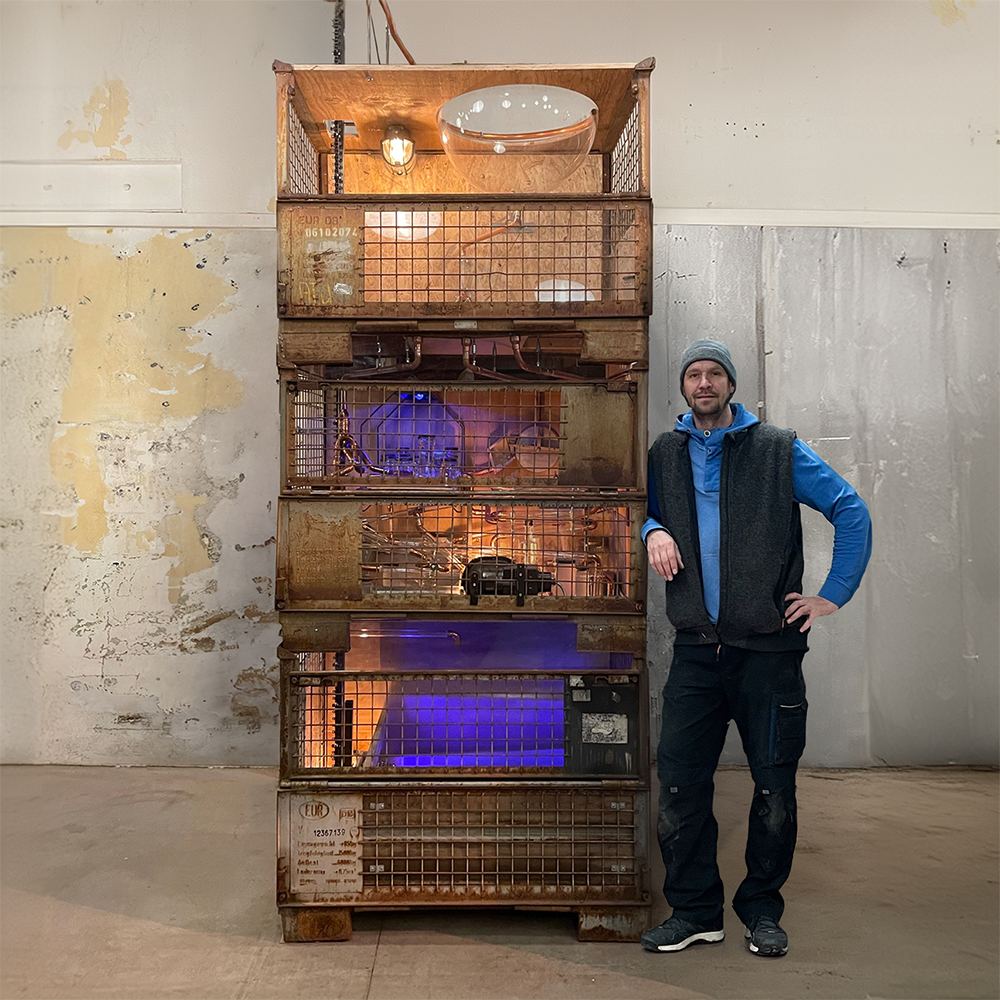
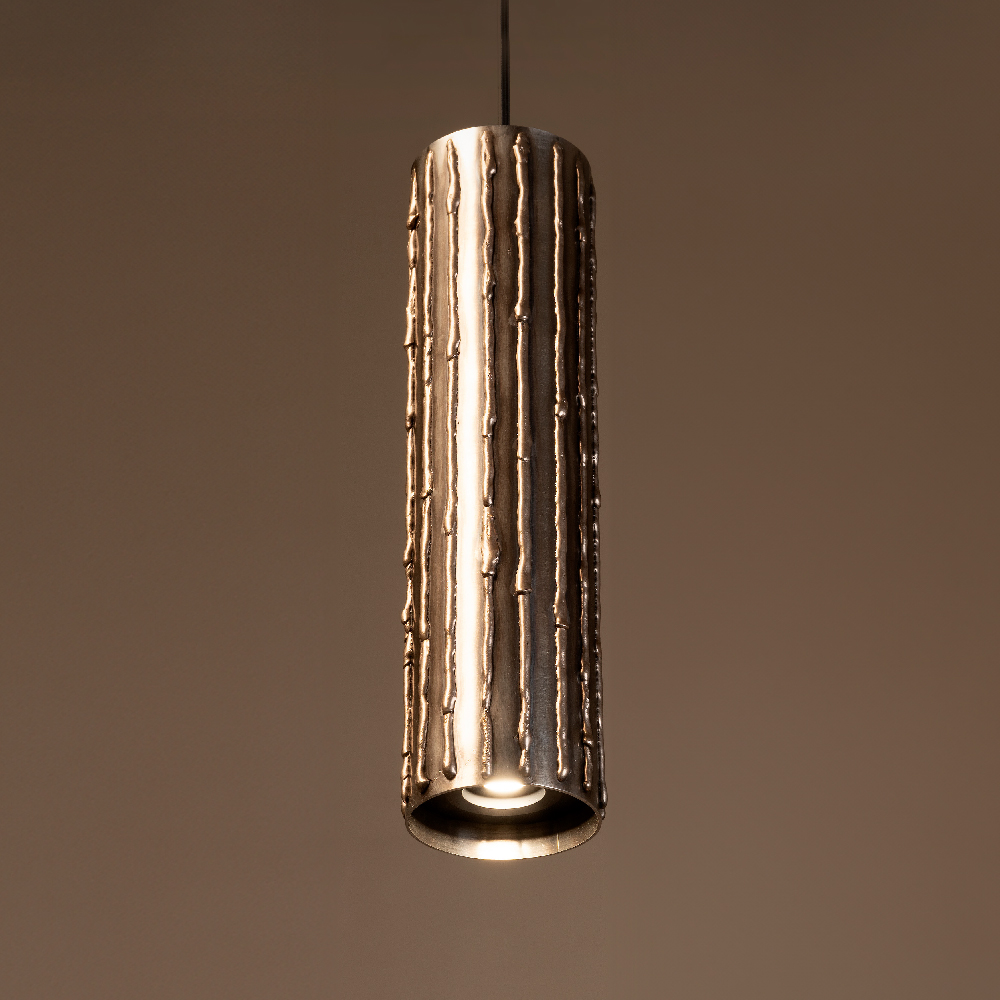
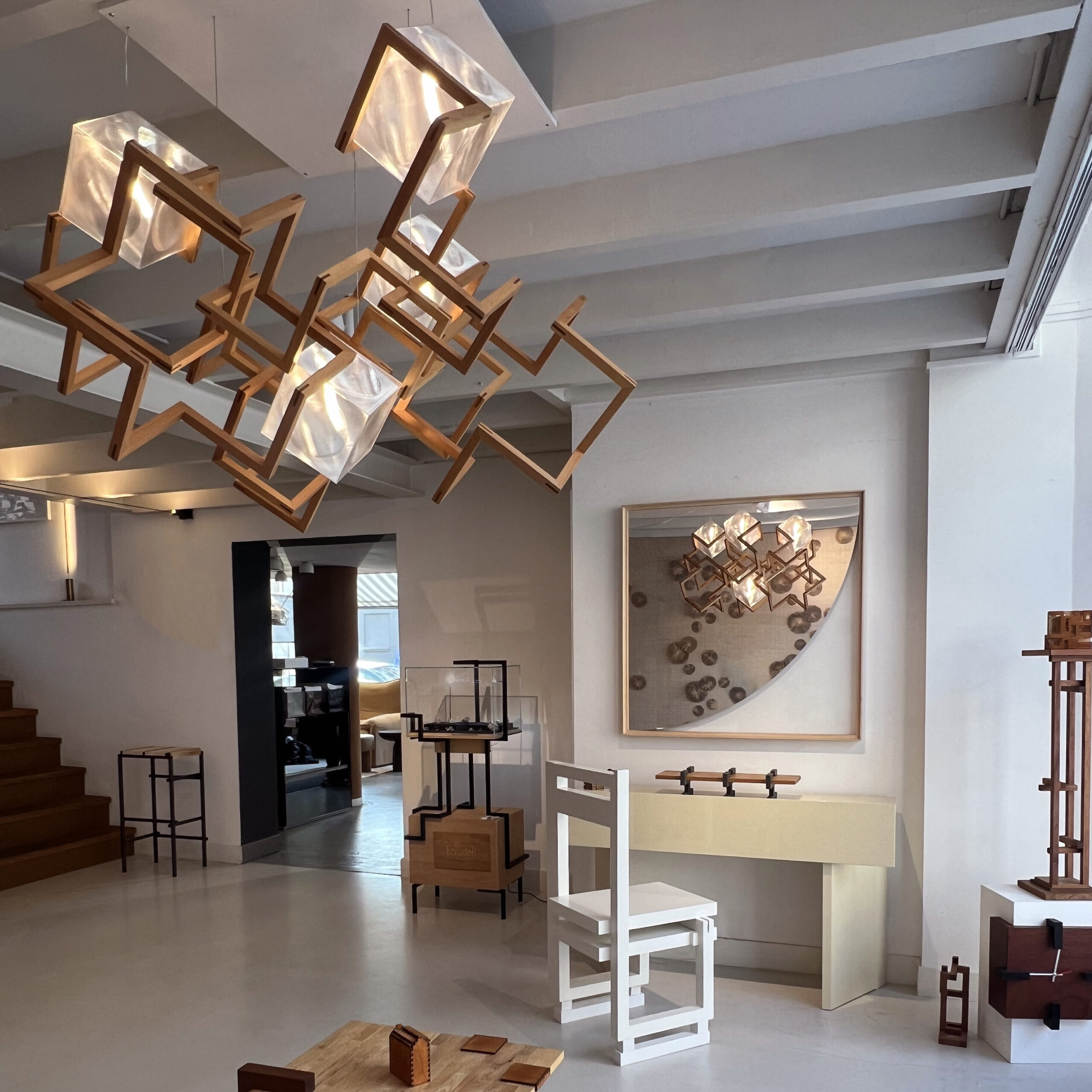


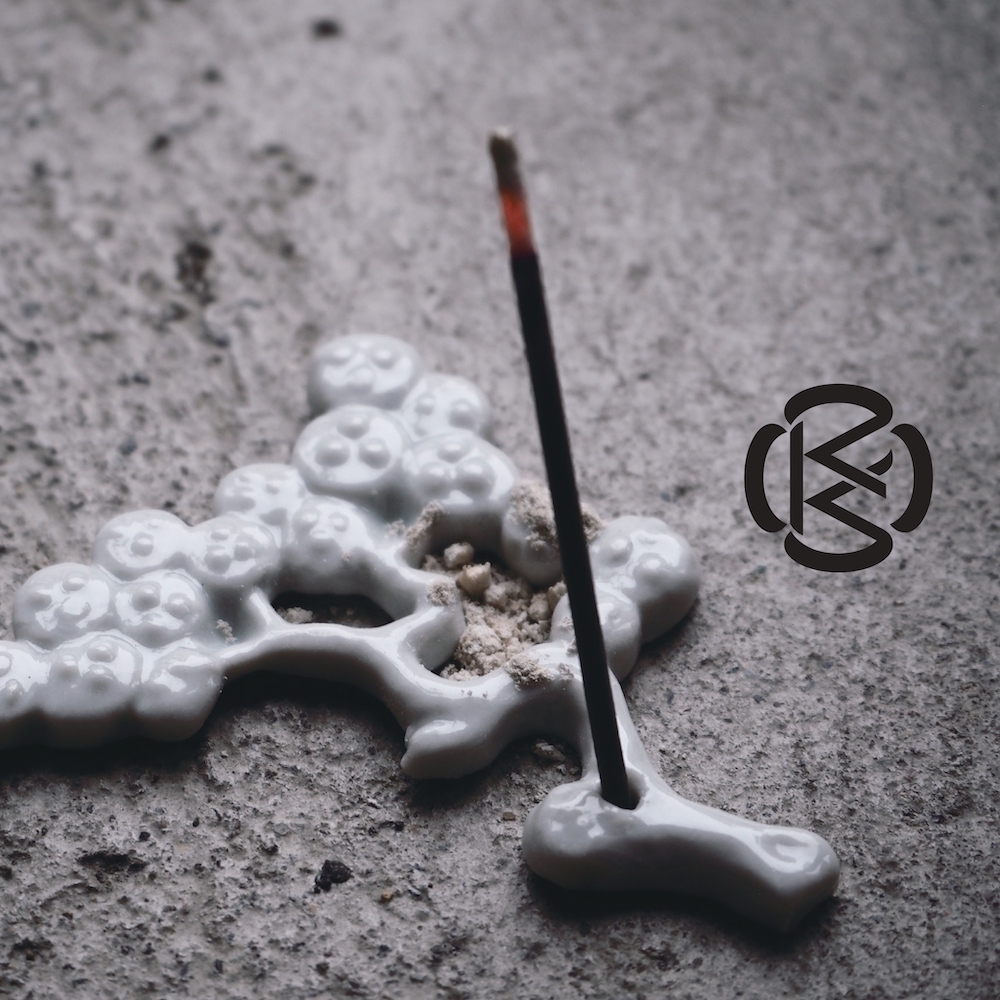

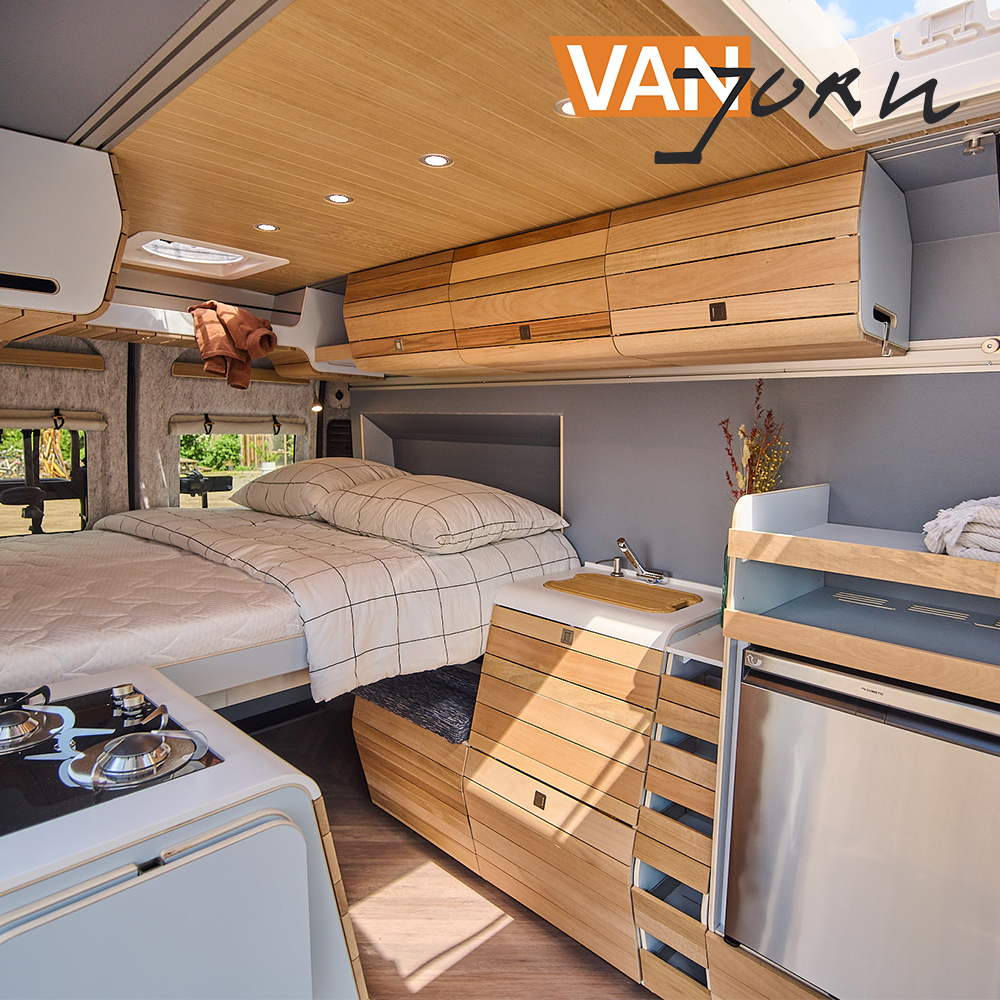
Wonderroom
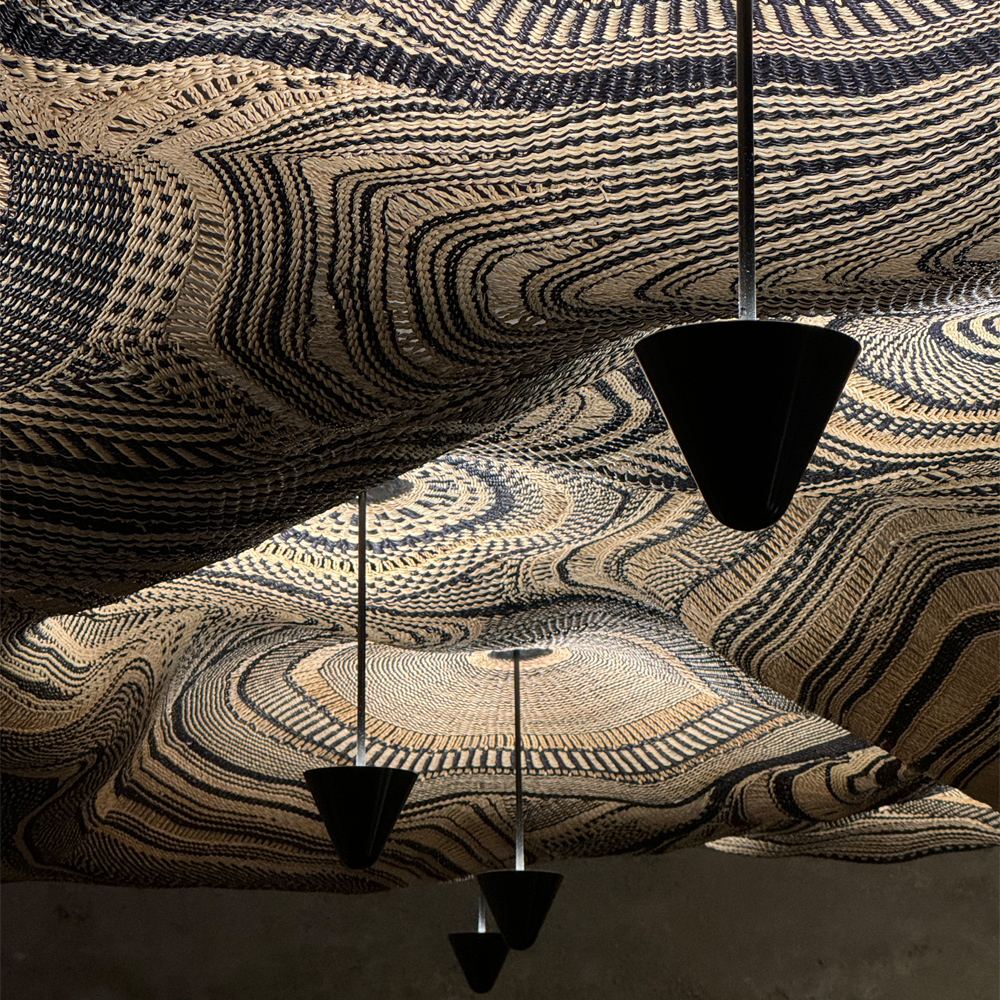

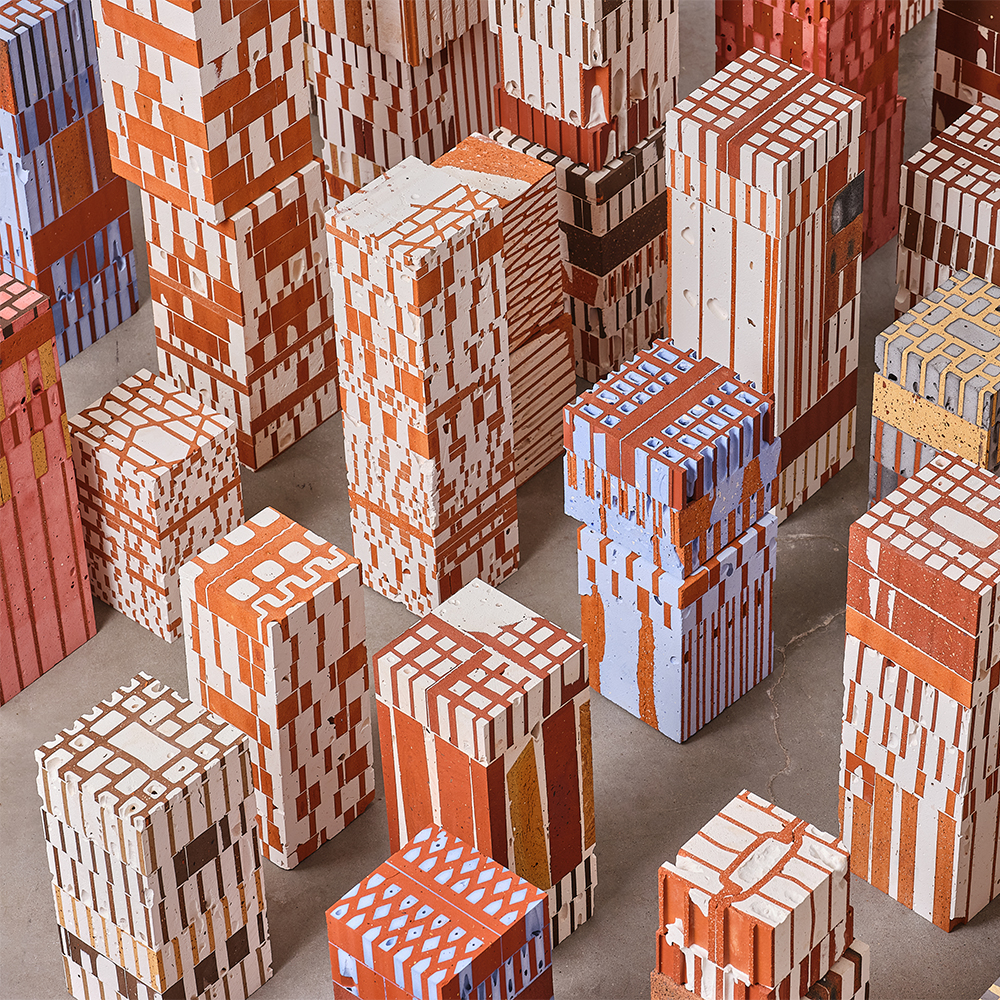

Rest of the site
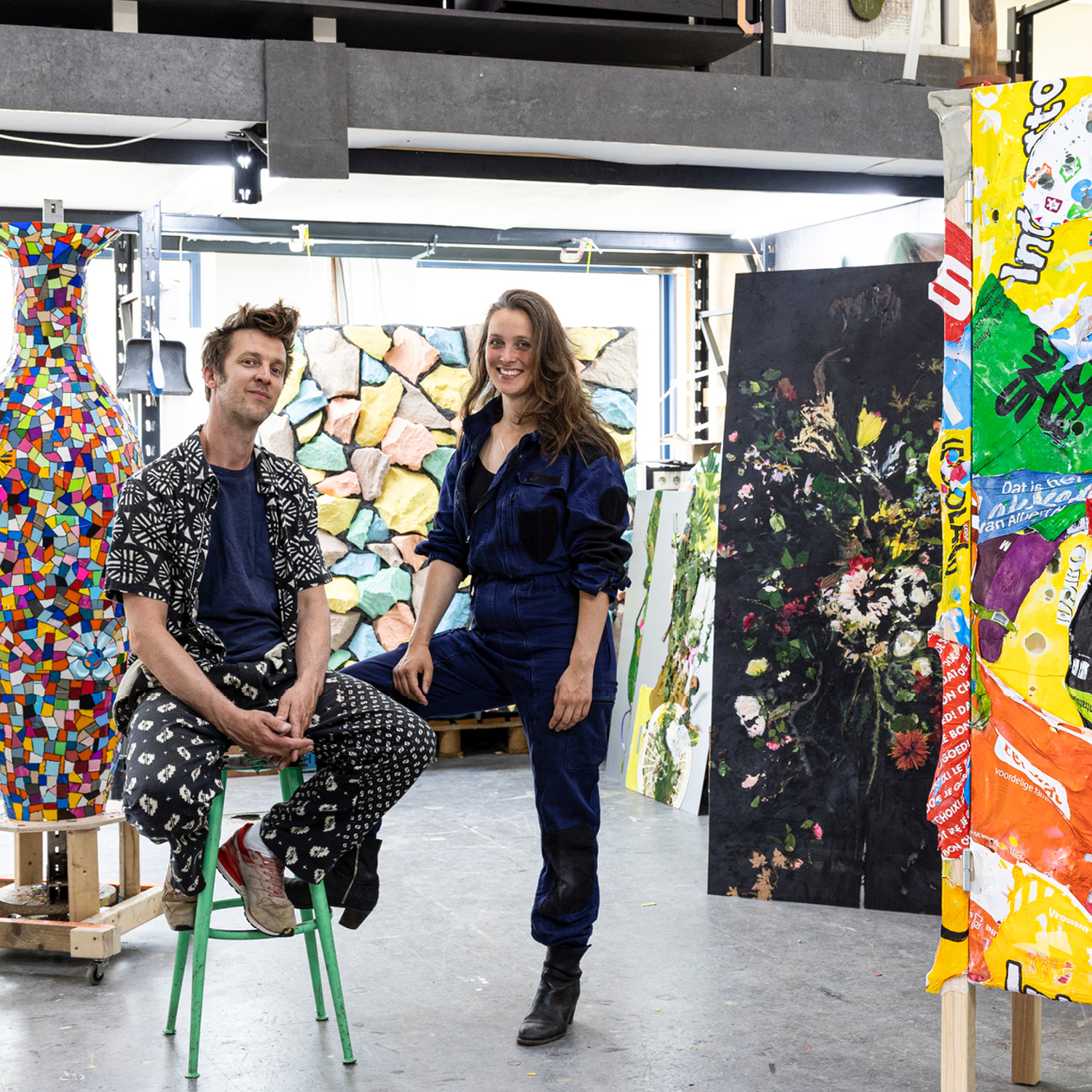

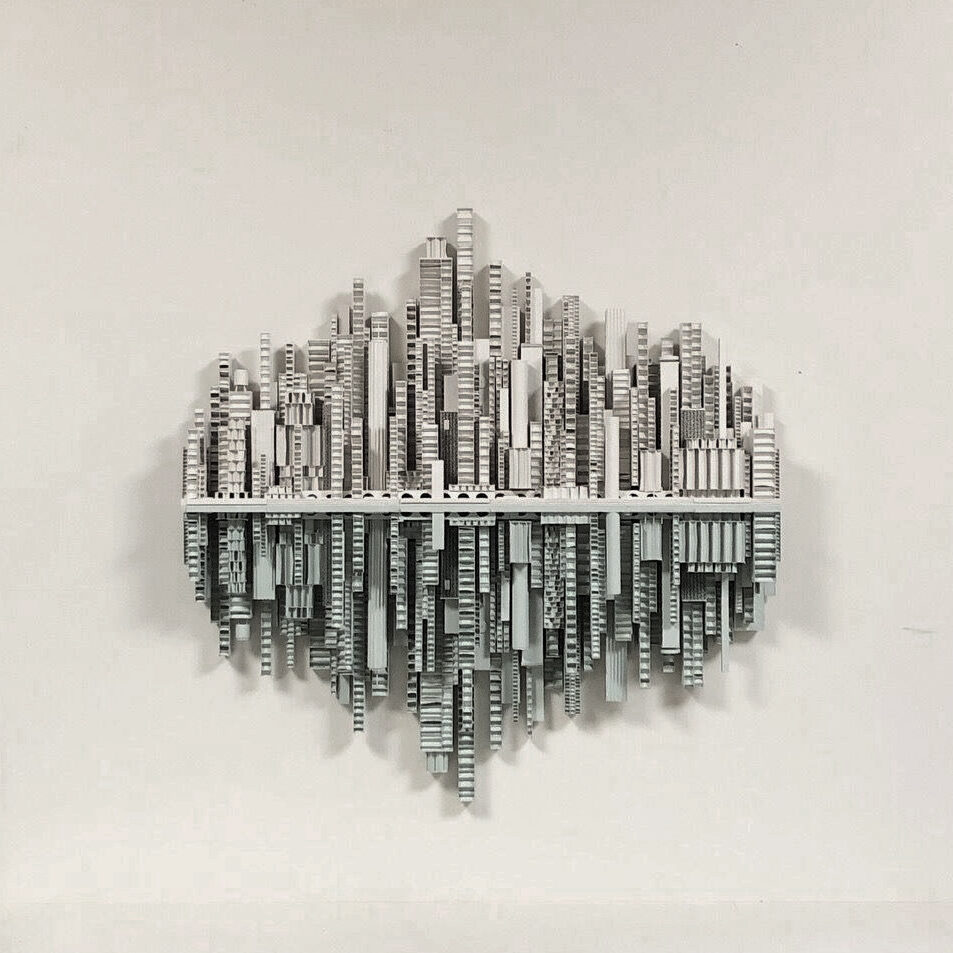
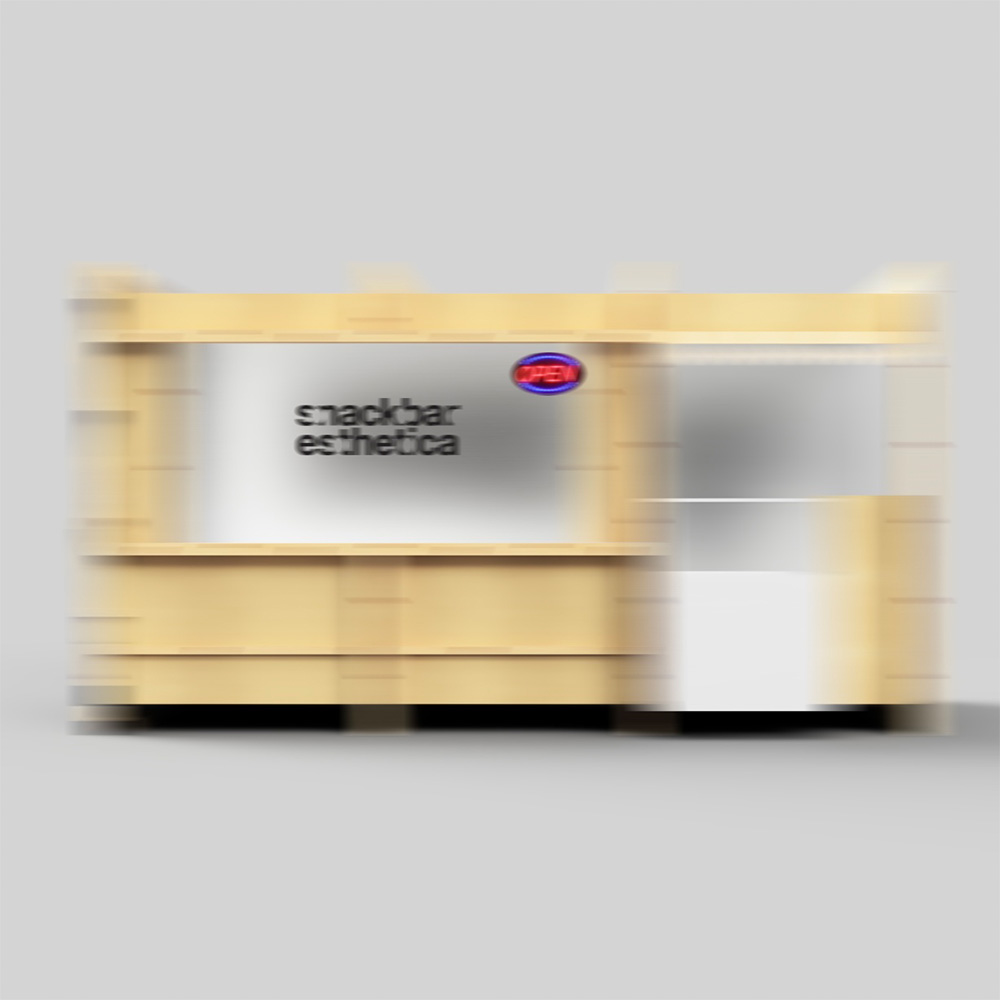







New products DDW 2024
This year, we are celebrating our 10th anniversary in this building, and it’s the first year where, in addition to our presentation for Dutch Design Week, we don’t have a construction deadline. It feels particularly relaxed! This change is also connected to what might be the most significant shift in my thinking to date. I no longer want to operate on the edge all the time—borrowing a hundred thousand euros and spending multiples of that, expecting others to share my enthusiasm for working day and night, and constantly worrying about whether we can pay our salaries at the end of the month. About two years ago, I became aware of my need for financial peace of mind.
The main factor in this change is that uncertainty is increasingly playing a role. The banking crisis, COVID-19, horrific wars; one event after another is turning the world upside down. Fortunately, we are not being structurally affected by this. Sales and production are going well, and we are also receiving some truly special and enjoyable assignments from great clients. The biggest uncertainty at the moment is the government. The wisdom that existed in ancient Greece—before the Common Era—that “it is the government’s duty to ensure that citizens know what will happen tomorrow” is constantly being disregarded. Over the past year, this led me to seriously consider stopping altogether. However, since what we are all doing and creating is incredibly enjoyable, that isn’t really a pleasant thought.
So, I’ve decided that not only should I be able to pay salaries at the end of the month, but we also need to have reserves to cushion any unexpected setbacks that are surely coming our way.
Environmental Service Cabinet and Dresser
So, we have stopped building and investing without financing, and it’s beginning to pay off. We are experiencing the calmest lead-up to Dutch Design Week ever. Thanks to the Environmental Protection Agency, which enforces regulations that, in our case, actually harm the environment (as previously mentioned), we are now presenting an Environmental Protection Agency console in addition to the cabinet we showcased in Milan. The cabinets are beautiful, and we should actually be grateful for the setbacks that lead to such wonderful ideas!



















Wood Chip objects
The issues caused by the Environmental Protection Agency have not only resulted in the Environmental Protection Agency cabinet but also in the creation of the chip objects. The wood that cannot be used in our wood gasifiers is shredded, and instead of being compressed into briquettes and burned, we collect the shavings and transform them into objects. The essence is that we don’t press the wood because the volumes are too large, making it far too heavy and nearly impossible to compress. Since it’s an Environmental Protection Agency cabinet and we generally don’t use casting resins or similar materials, we searched for a bio-based binding agent. We haven’t found one yet, but it turned out that a relatively standard, low-impact wood glue worked quite well. The objects are now being made with this glue. Previously, for an exhibition by Toon Laurense, we created islands of waste, where we also placed the two chip blocks. Now, we’ve added a block stack staircase to it. It’s rather useless but quite monumental, especially when you think about the possibility of creating an enormous chip staircase in a space.
These seating objects were made for the same exhibition by Toon Laurense. The beams were unusable for furniture or other objects, so they met the requirement of being waste. Using mounting tape, we created seating objects that focused on texture, material, color, and especially size and proportion as the starting points.







Baas x Eek
Maarten graduated from the Design Academy about 22 years ago. I did so roughly 10 years earlier. We’ve both made our careers in our own ways, crossed paths along the way, and became friends. Just being together—eating, drinking, partying, going on vacations, cooking together with everyone, helping each other—friends, in short. Collaborating wasn’t necessary, but it’s fun, so we thought we’d start by combining our graduation works; Maarten is burning my Classic Reclaimed Wood Cabinet. The result is historic, about friendship, a double classic, desirable, stunningly beautiful, but above all, a lot of fun!









Beam Table in oak
The Scrapwood Beam Table was actually inspired by issues we had with the Office Table, which is made from oak. Now, we’ve made the Scrapwood Beam Table in oak as well. The problem caused by the wood’s natural movement has been resolved, and the table is actually more beautiful because of that solution. The table is now made in standard sizes, making it more reproducible. Perhaps that’s why the table in oak is even more beautiful!








Planters
For years, we’ve been messing around with planters. Old industrial ones often turn out to be the most beautiful, while new ones fall short. There are plenty of design planters, but they’re usually overdesigned, too expensive, and not what we’re looking for. These planters come in a few sizes, materials, and colors, all cut from a single sheet of material, so almost nothing is wasted, and they’re very easy to make. The reason they’re not priced like Primark is that they’re made from real materials and are built properly.




Handle
Our most trivial introduction to date. Like an afterthought, an addition to the hotel accessories collection: a metal handle. It’s hardly a design since it resembles something that already exists—or so I thought. But it turns out that wasn’t the case, so I sketched the handle I believe should exist.

One Mould Vase
The vase, much like the One Mould Lamp. After the relative success of the Stackable Double-Sided Ceramic Candleholder which was conceived alongside the One Mould Lamp, I thought a simple vase could be a nice addition. The process of making it, however, was nothing to write home about. So the question remains whether this simple vase will be presented during Dutch Design Week.

The Trash Bin
There are plenty of beautiful trash bins out there, so this design is technically unnecessary. Still, we’ve custom-made special bins on several occasions in the past. Since we don’t yet have a trash bin in our collection, I thought, let’s invest time into “The Trash Bin.” As always, the design is largely dictated by the fact that we produce small quantities in the Netherlands. We’ve done everything we can to make the most affordable trash bin possible. It’s a hopeless battle, as it ended up being quite an expensive trash bin. When deciding which materials to use, we chose aluminum and copper. Aluminum is relatively affordable, doesn’t rust, and doesn’t require finishing, so it’s the most cost-effective choice in this case. Ironically, for most manufacturers, aluminum is more expensive than steel alternatives with a finish. So our cheapest bin is actually quite chic. Copper doesn’t rust either and is ridiculously expensive, but we figured there are plenty of people who aren’t concerned with budget and just want something special. And, of course, it’s simply a very beautiful trash bin, perfectly fitting a 40-liter bag, which can easily be placed in and taken out.


New and presented at Salone del Mobile 2024
Waste Waste 40×40 Collector’s Display Cases
Although our original plan for Salone del Mobile was to focus on selling the accessory collection we’ve gradually built up, the workshop was once again in a frenzy trying to finish the (new) designs on time. We wanted to create a different dynamic by focusing on the smaller items. Ten years ago, we presented glasses and other small items, and for that occasion, we made a kind of sheet material display cases—a sort of non-design, purely intended for showcasing. For the next eight years, we used those increasingly worn display cases to market our small items. This year, we made “presenting small items” our main goal once again. We created 40×40 Waste Waste Collector’s display cases. With the most ingenious 40×40 details, we’ve taken things a step further. Instead of being as cheap and purely functional as possible, they’ve now become works of art in their own right!
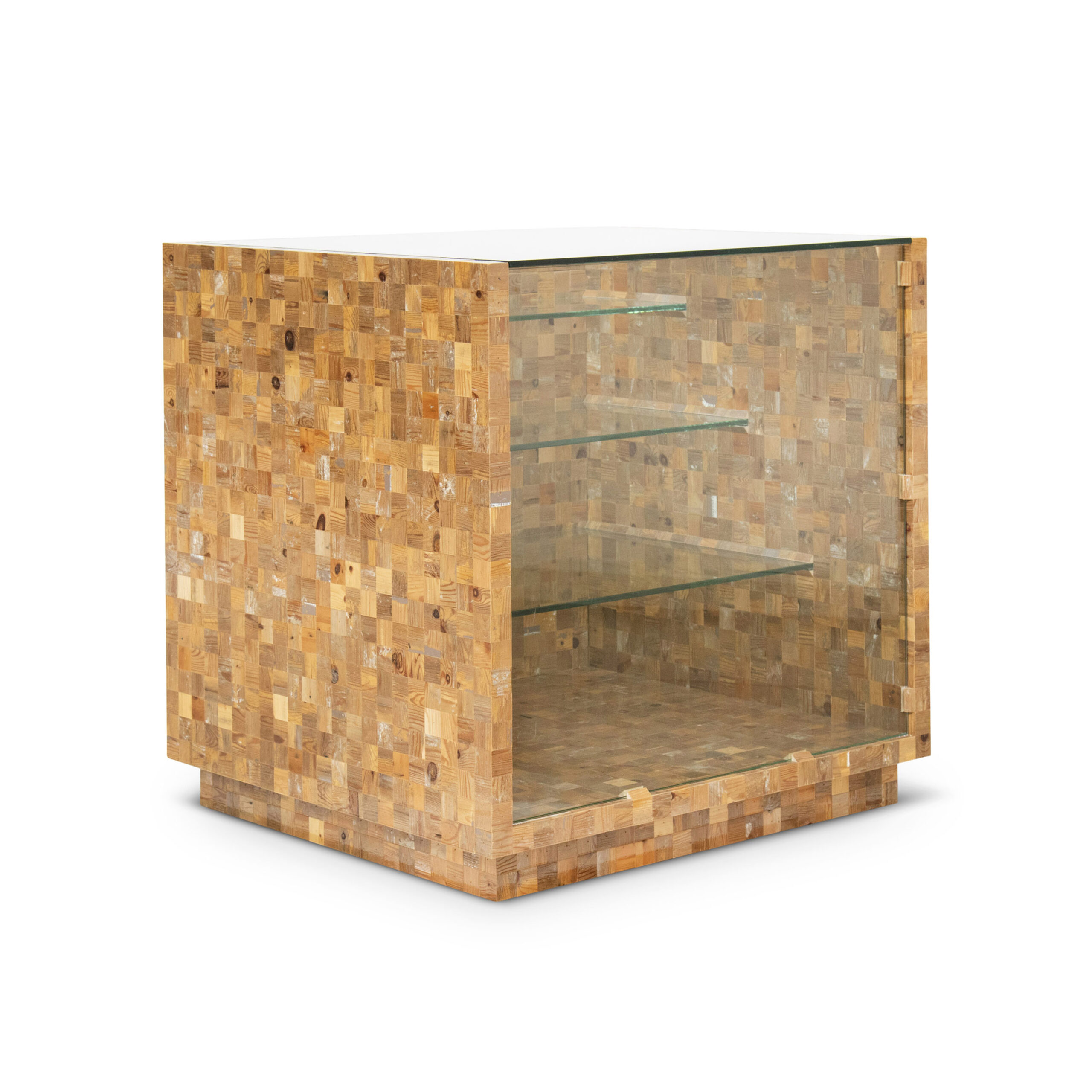
Beam Table in Scrapwood
While I was drawing the layout for the presentation, I realized it was time to introduce a new table again. One of our best-performing tables, but one we’ve had issues with due to the wood shrinking, served as the inspiration. Thick beams of old wood, which naturally have less movement, are mounted on a central beam and can be compressed at the ends. The only downside is that the reclaimed wood beams are always different, meaning each table has to be made individually. As a result, they are more expensive than a series production. However, that’s no longer a disadvantage, as the rich are getting richer and the poor are getting poorer, and our customers are from the former group. Crafting something affordable in Europe is impossible nowadays. So, in fact, it’s great that we’re presenting a unique table!
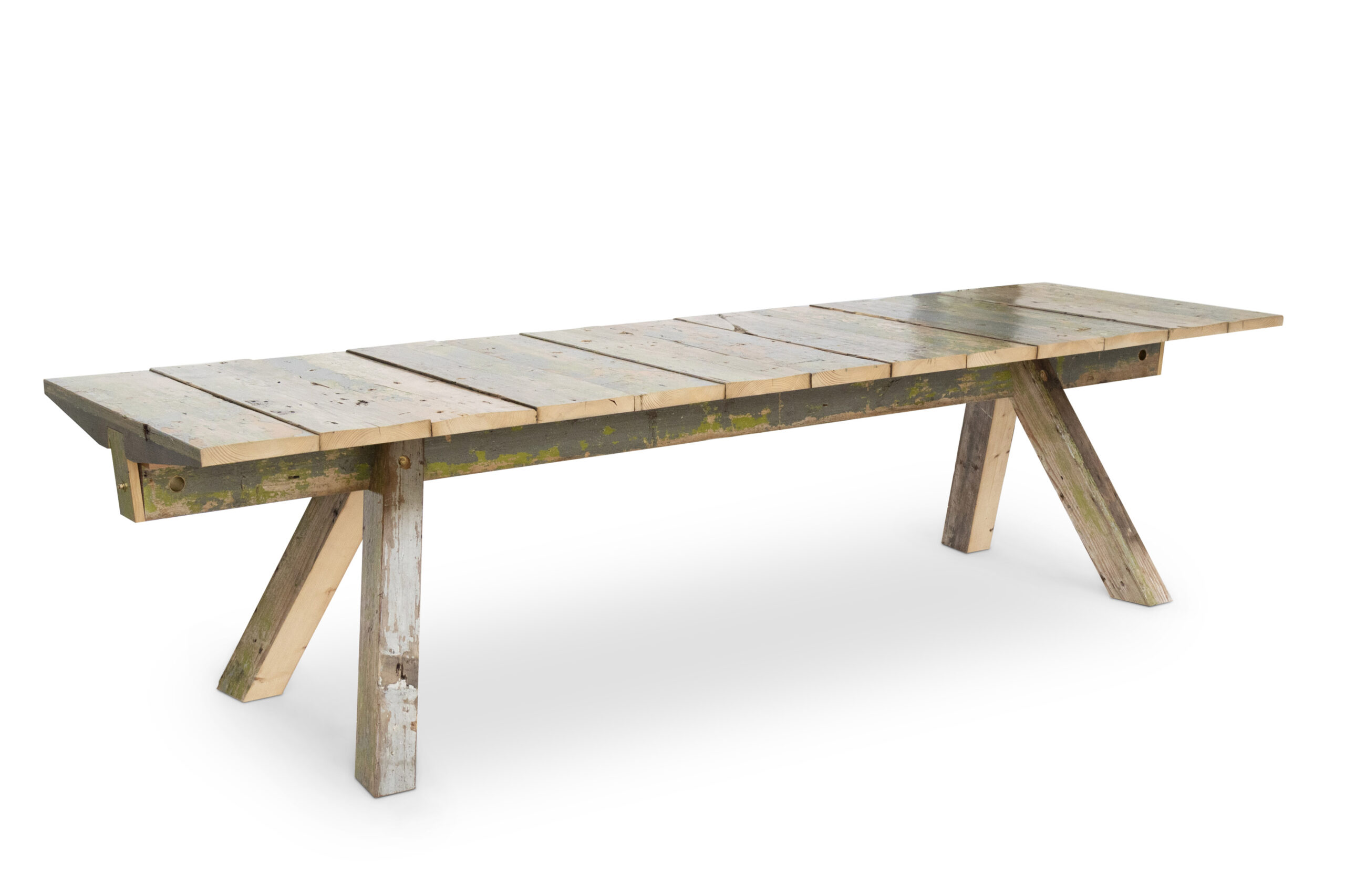
Scrapwood Armchair and Couch with Corduroy
Thirty years ago, I came up with a number of scrapwood benches and armchairs. It wasn’t a success. However, a reasonably well-selling scrapwood tub chair came out of it, and the Crisis Cushion Sofa also resembled its scrapwood predecessor. We could actually use a (scrapwood) bench in our collection, so I started sketching to fill that gap. The construction of As-Thick-As-Wide scrapwood planks couldn’t be simpler.
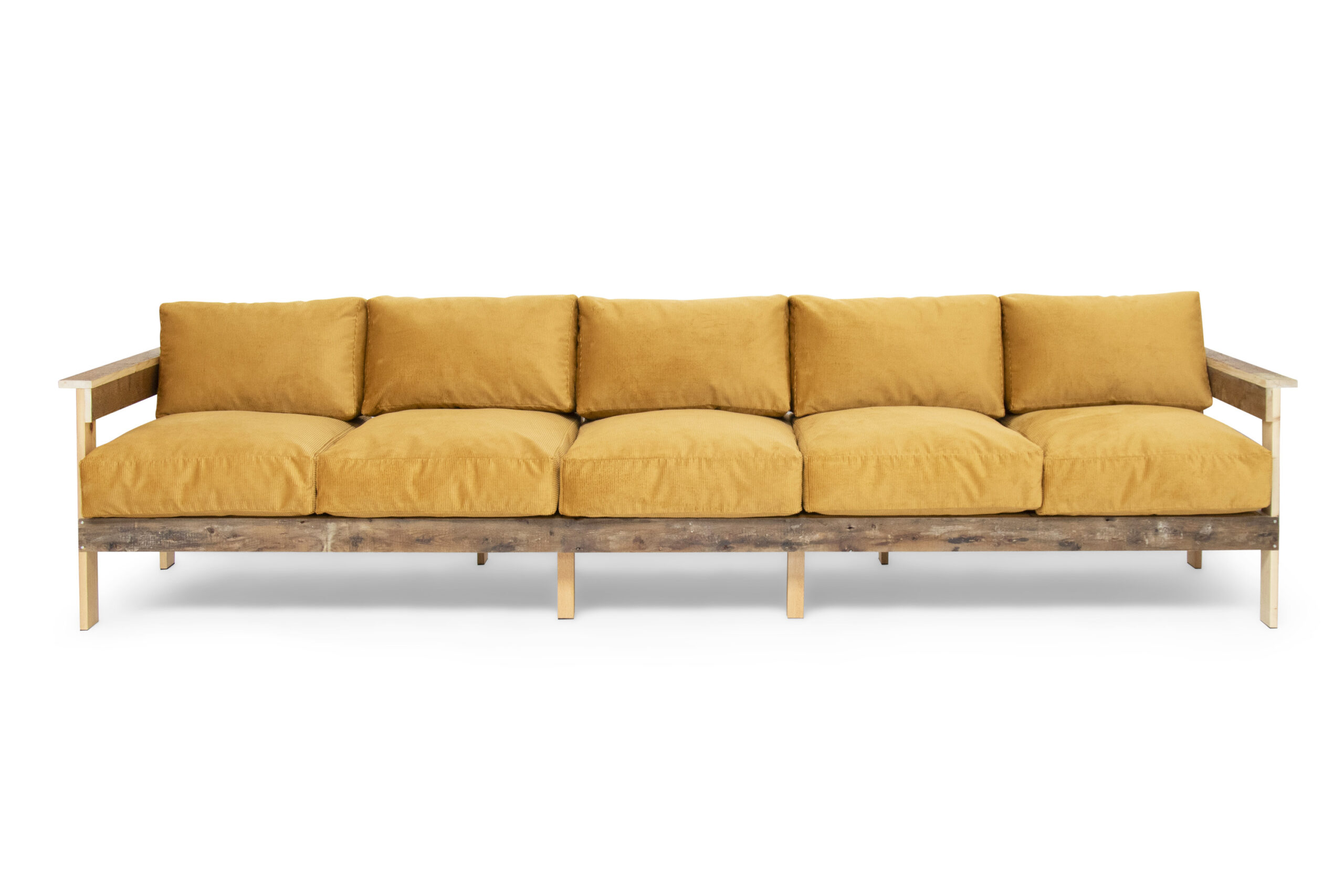
This post is also available in: NL
« Back to blog